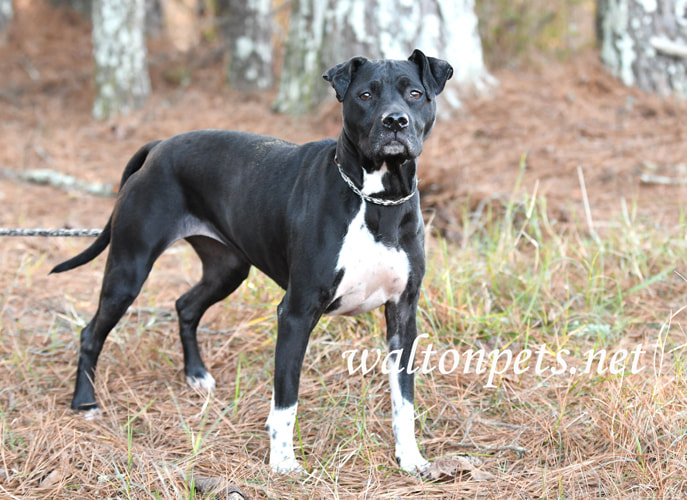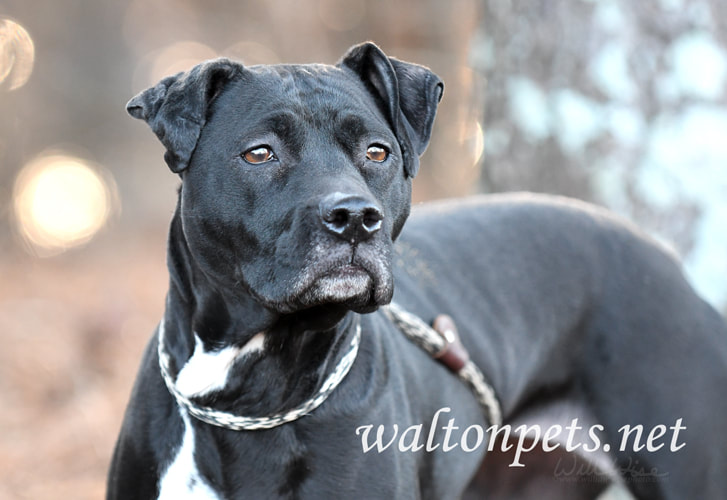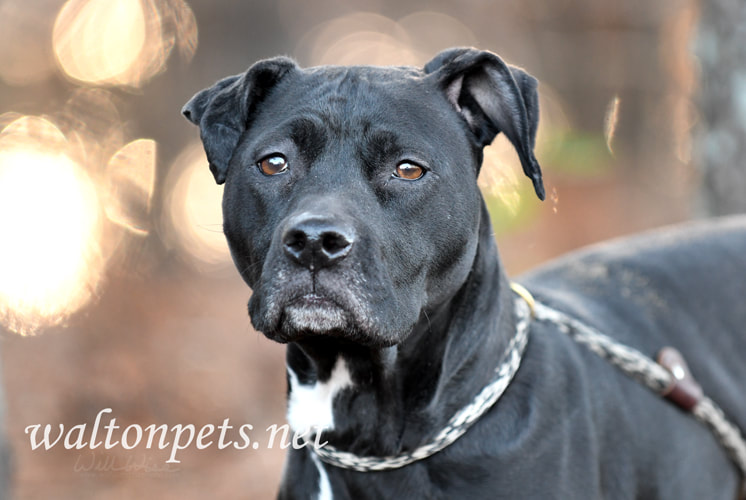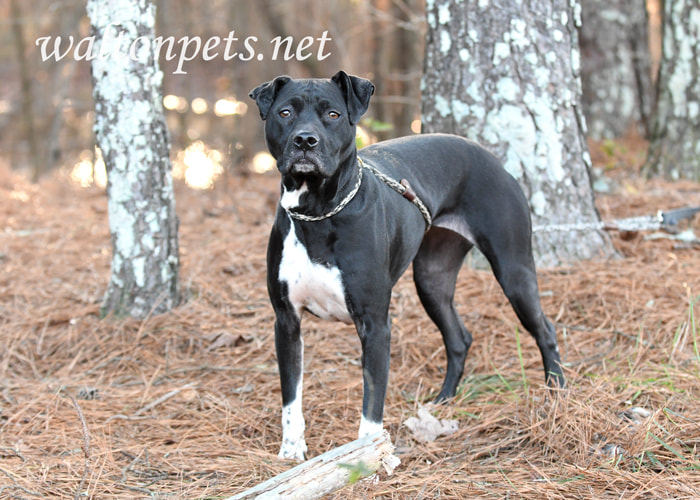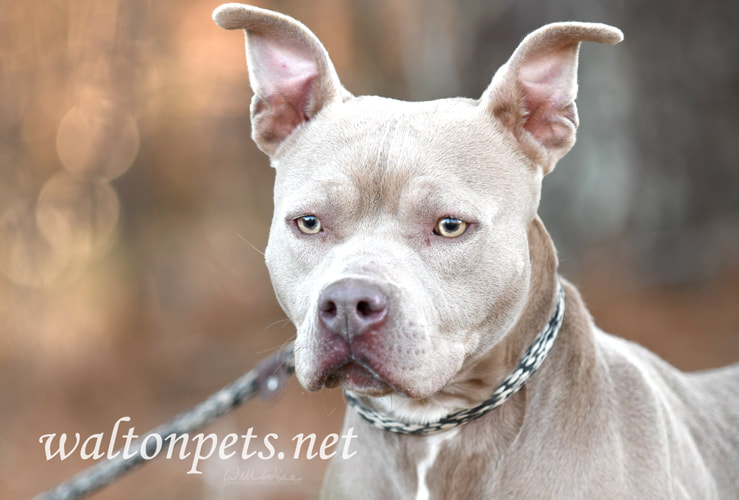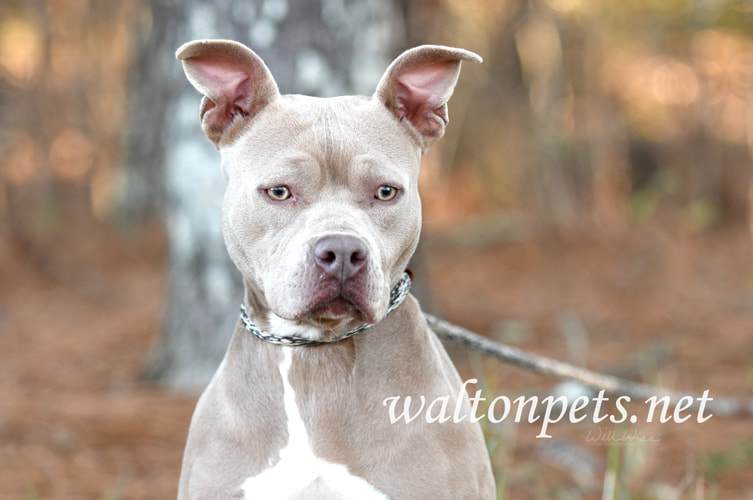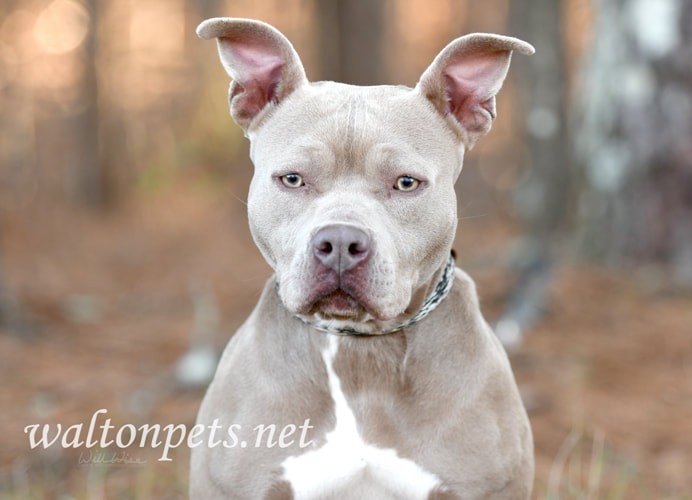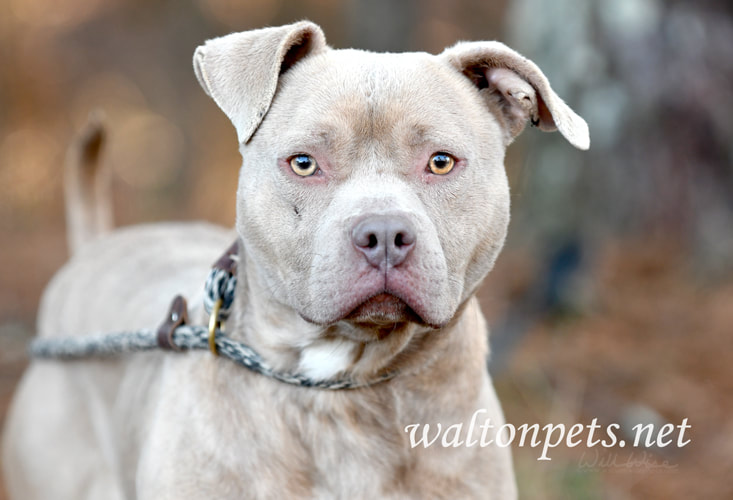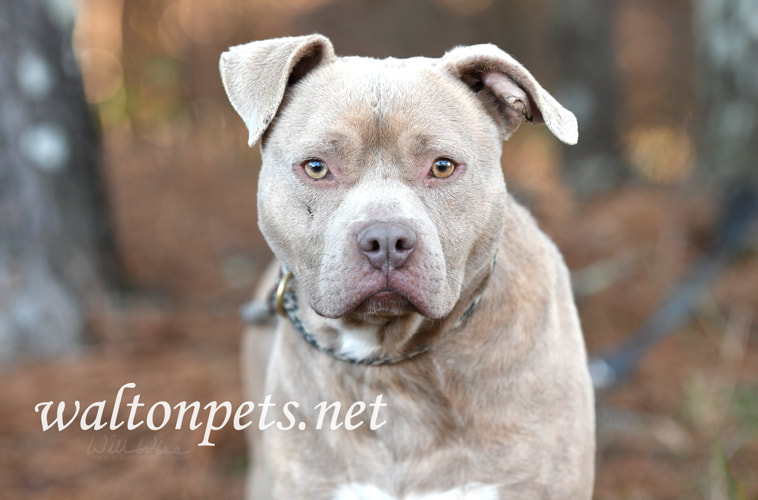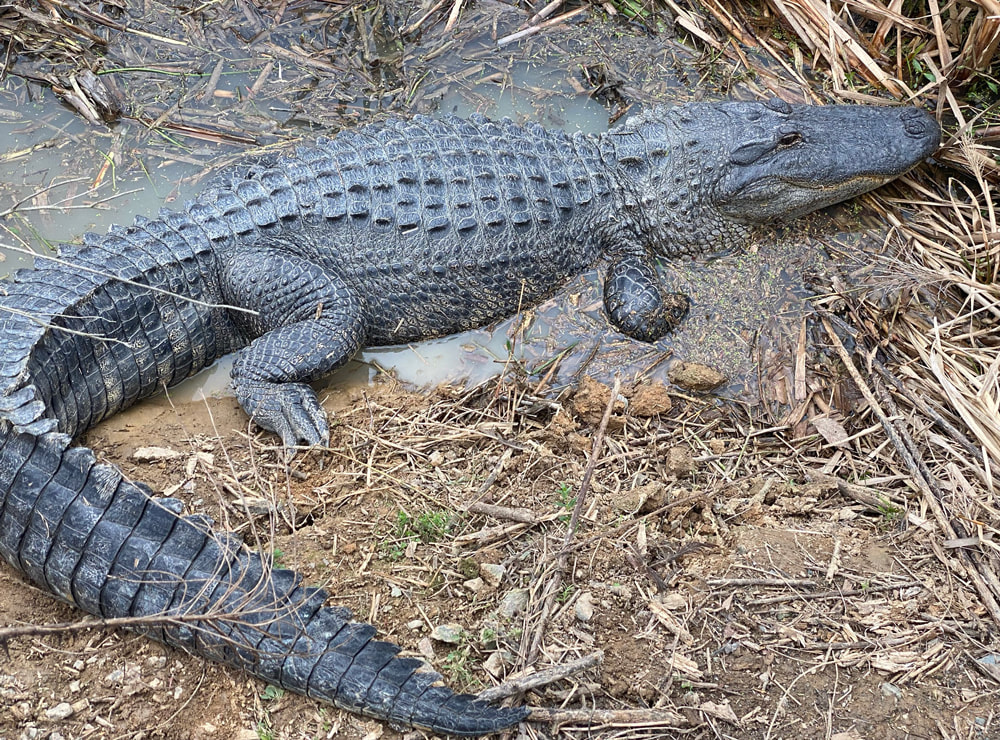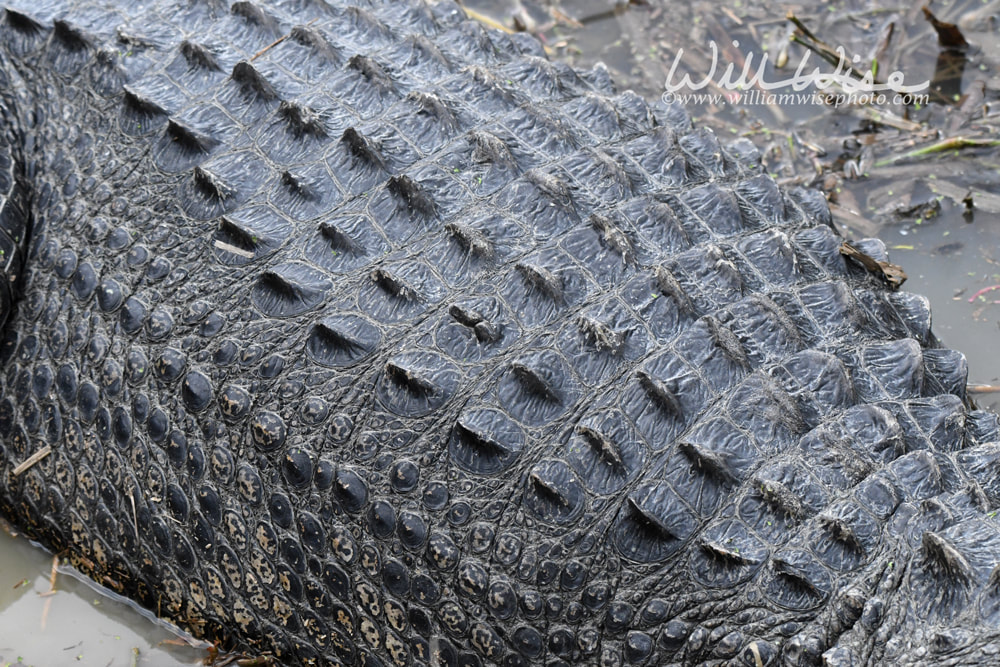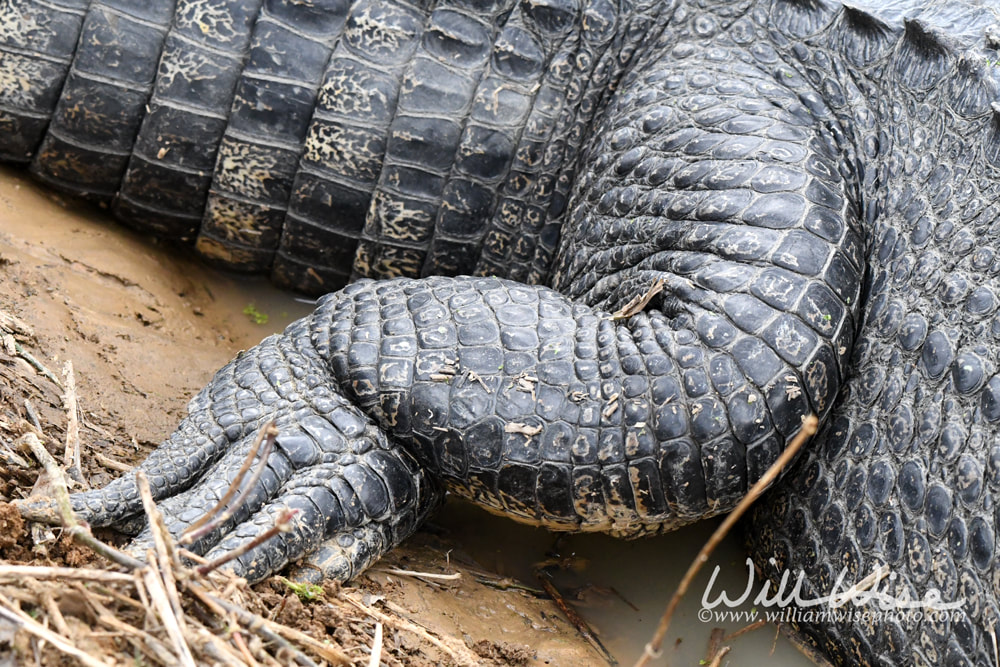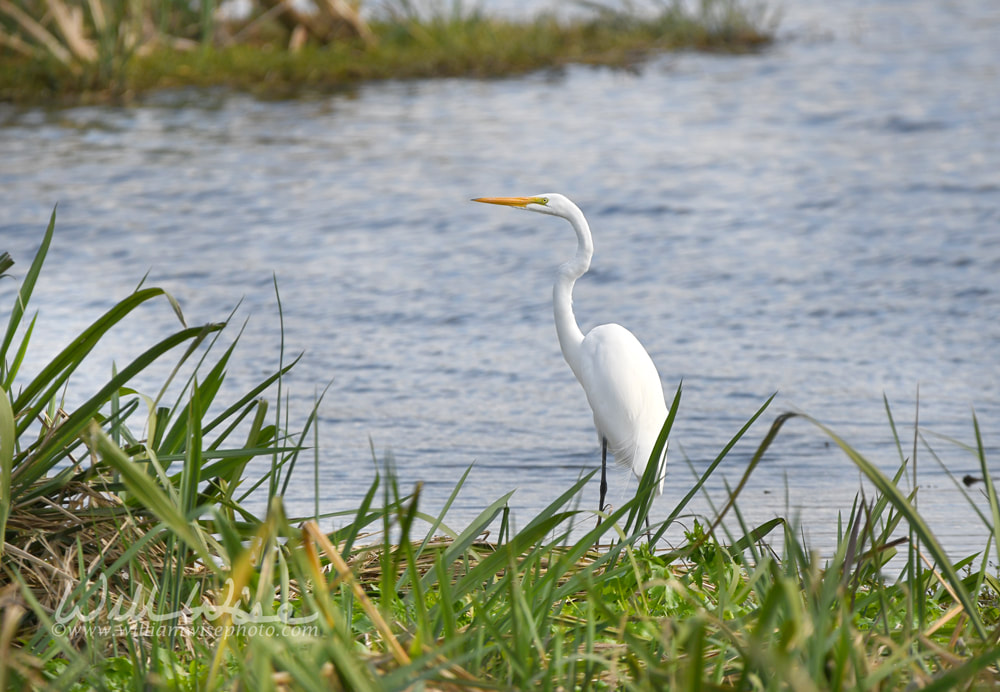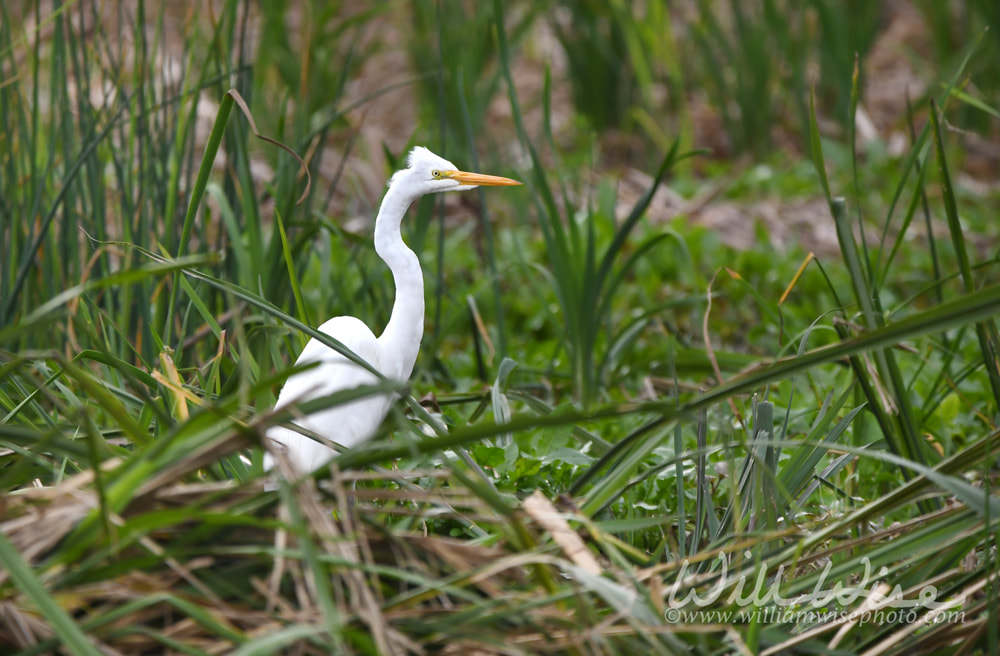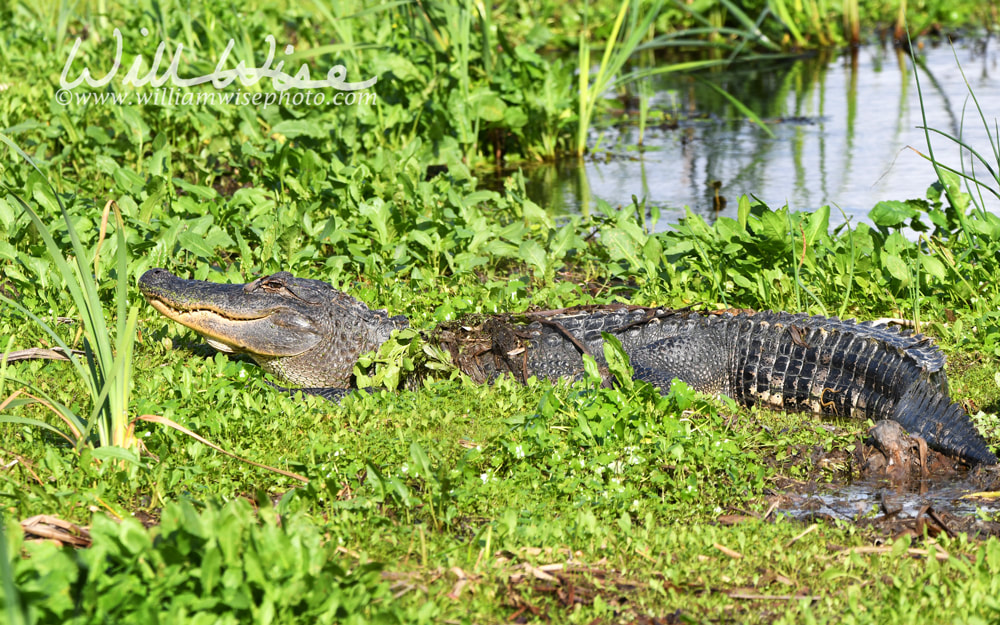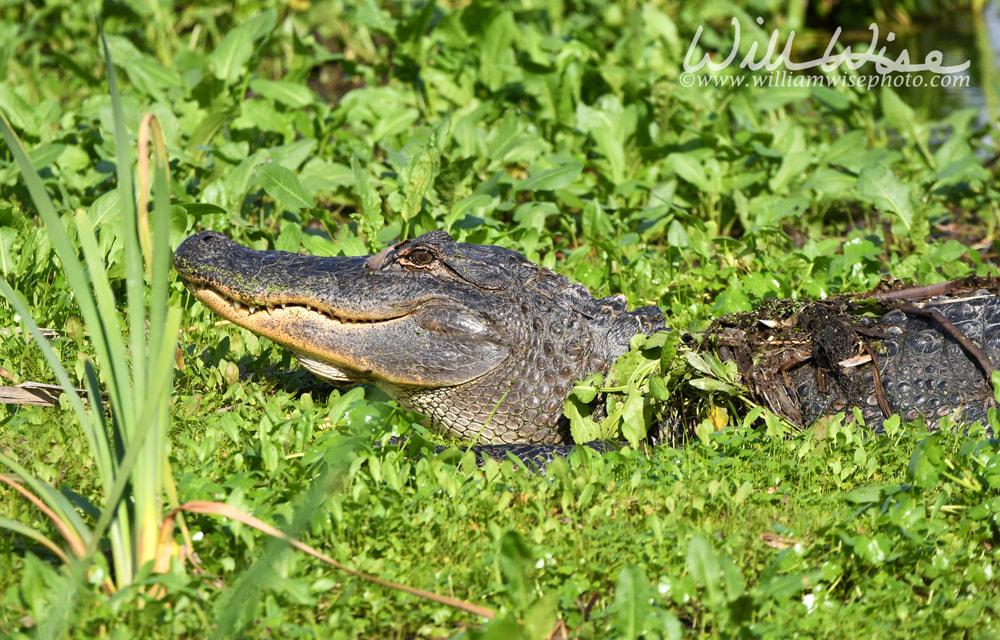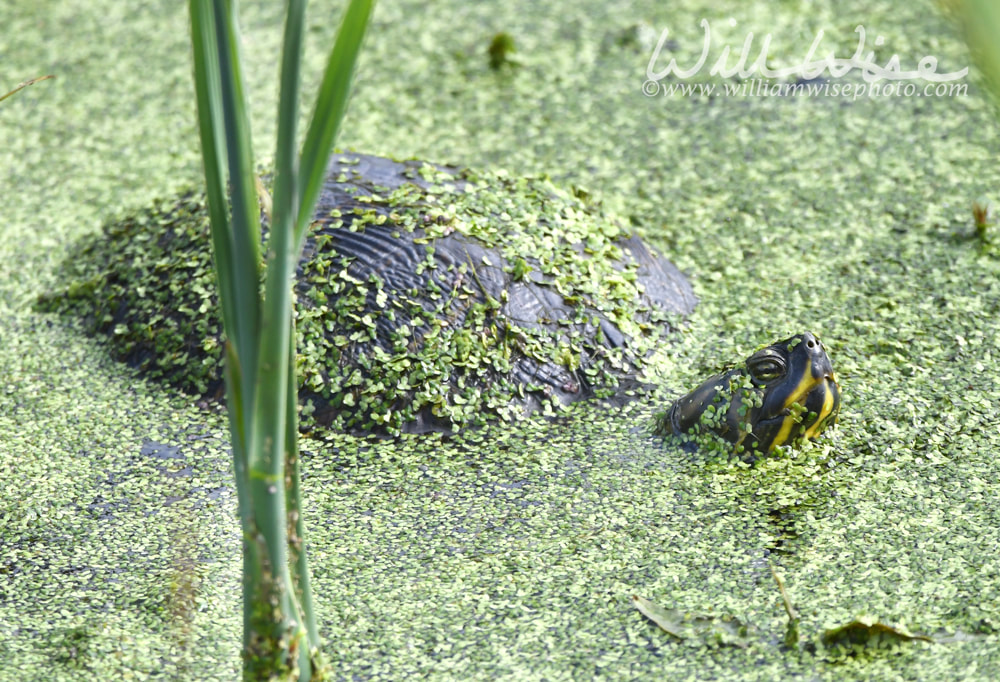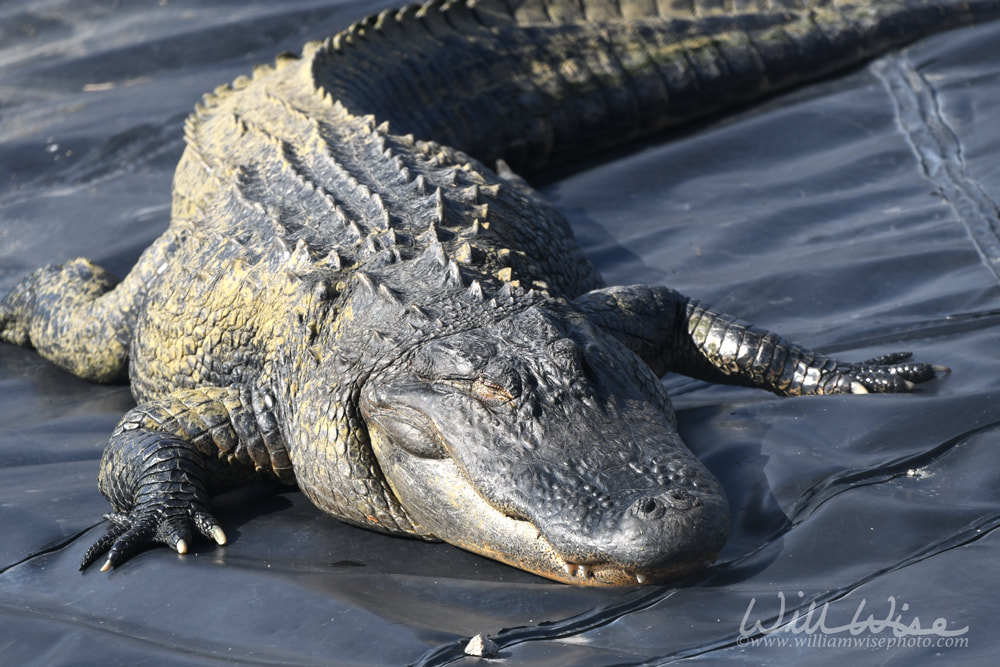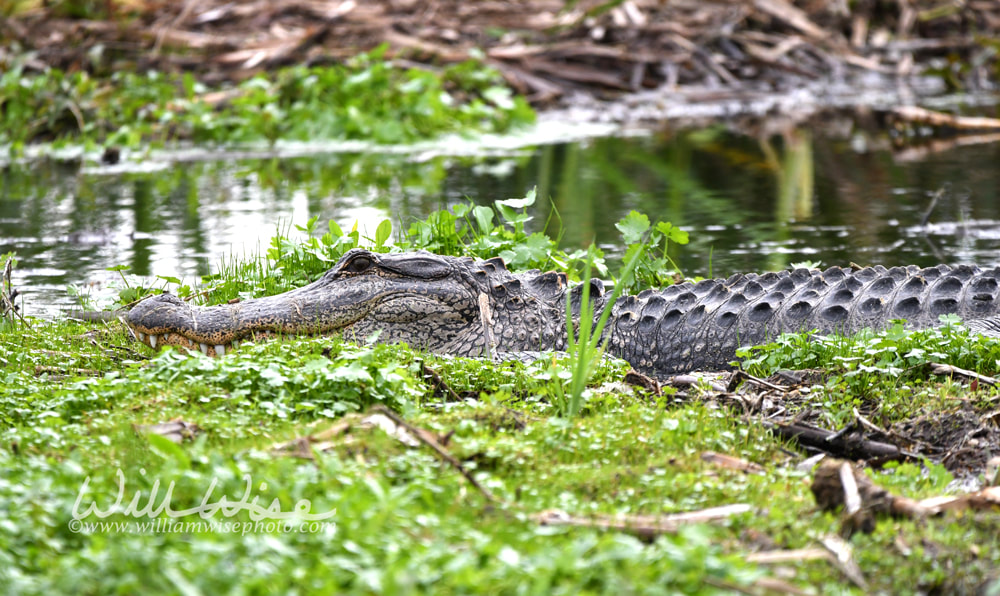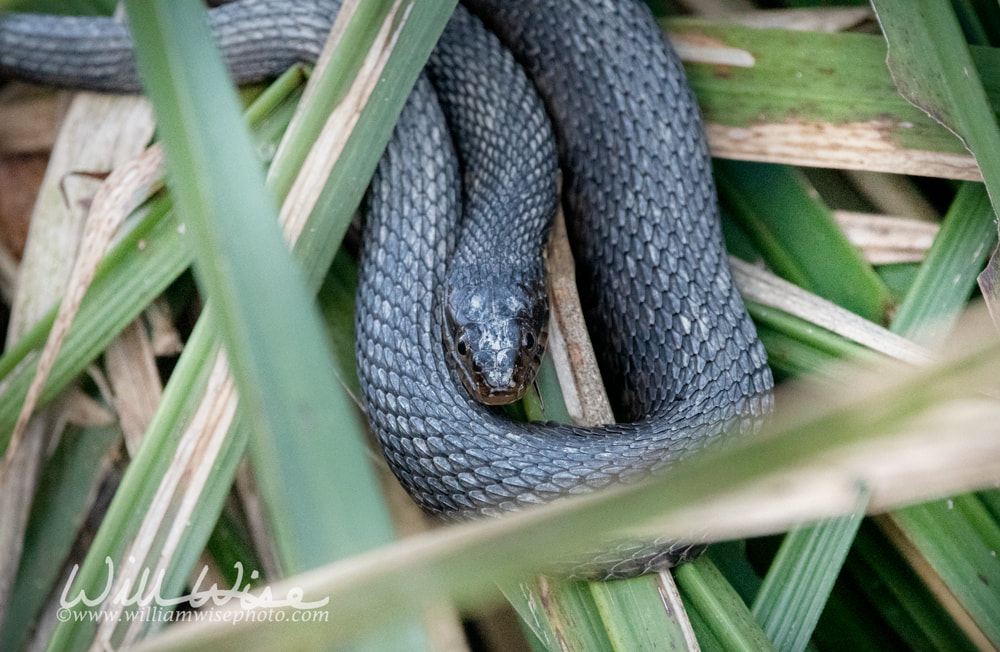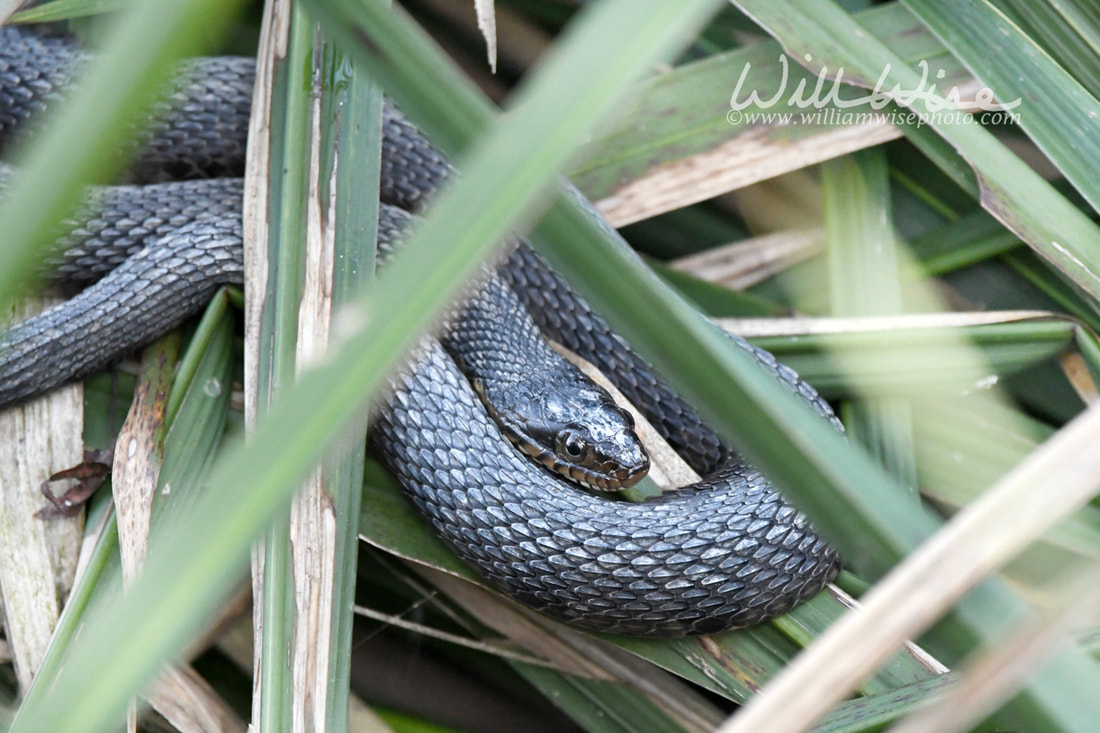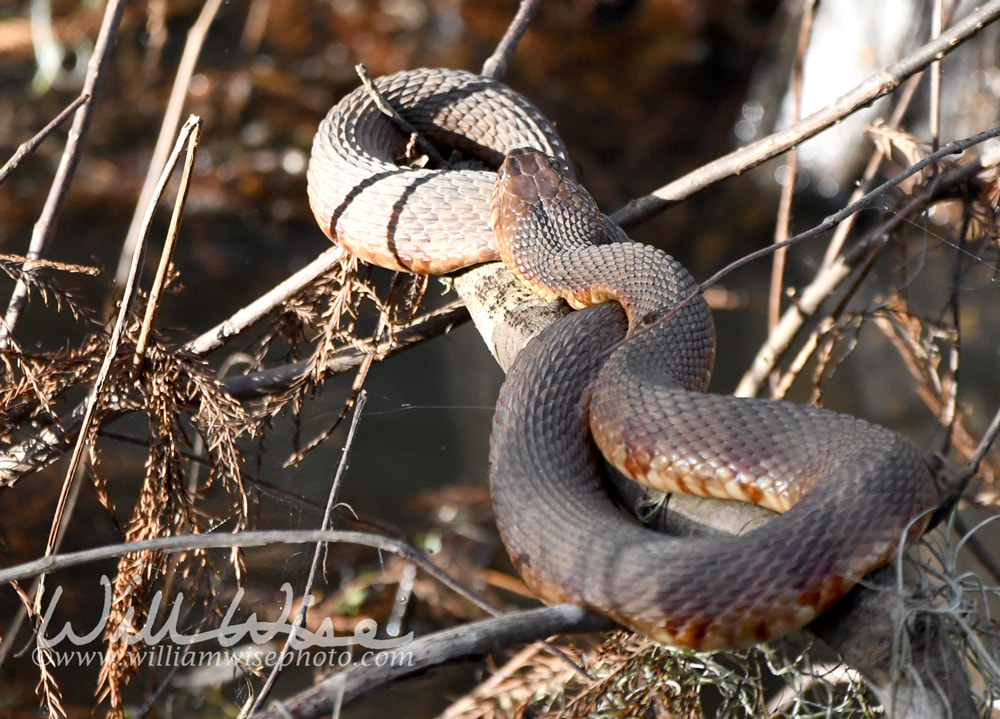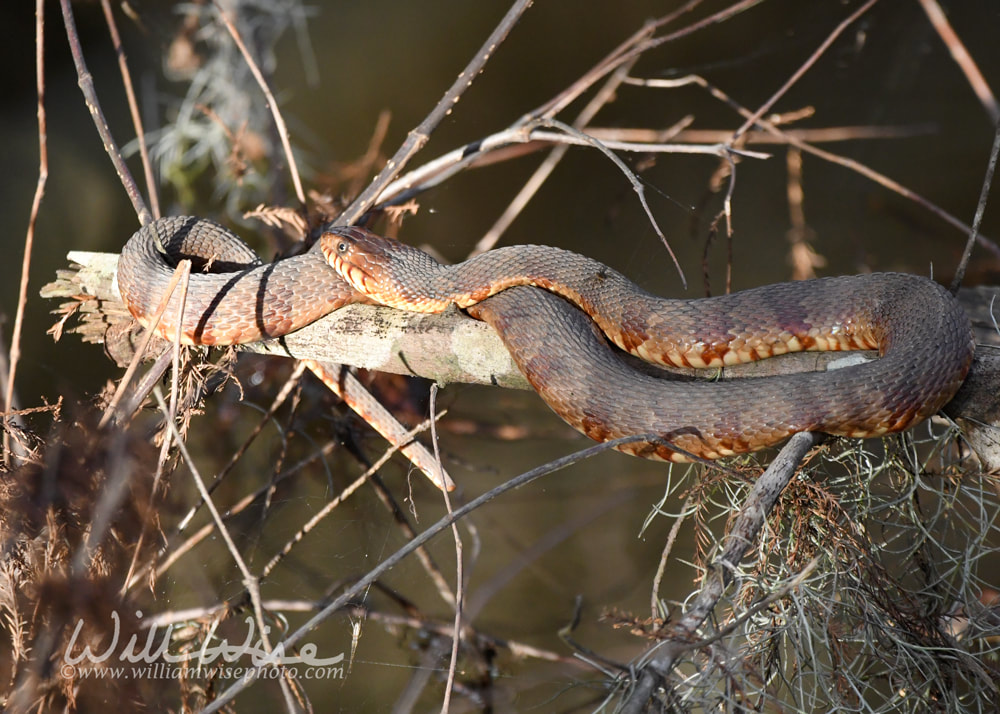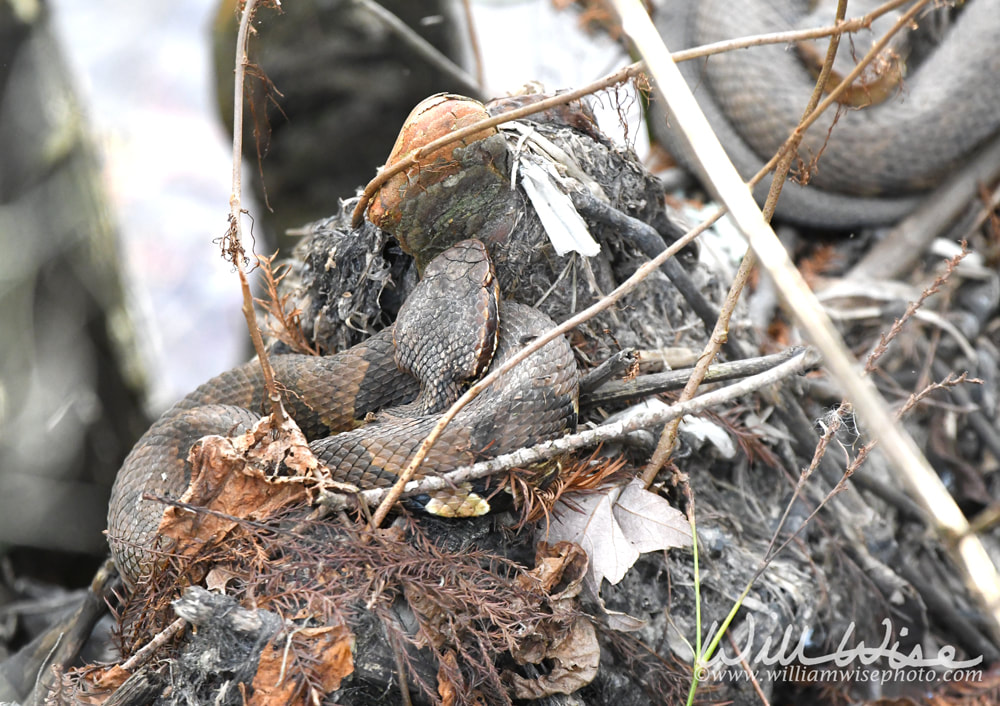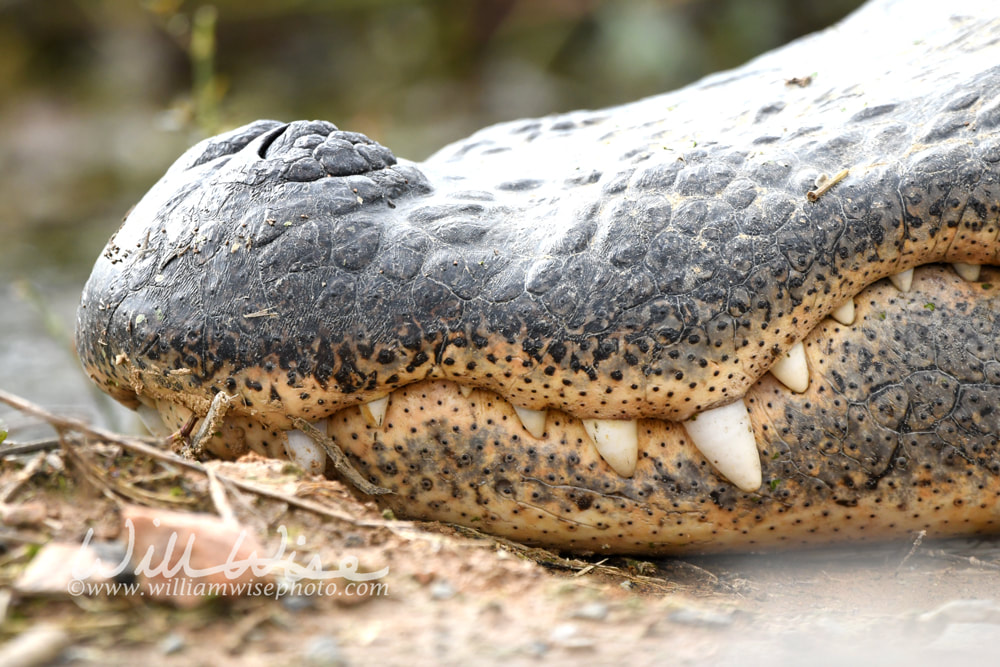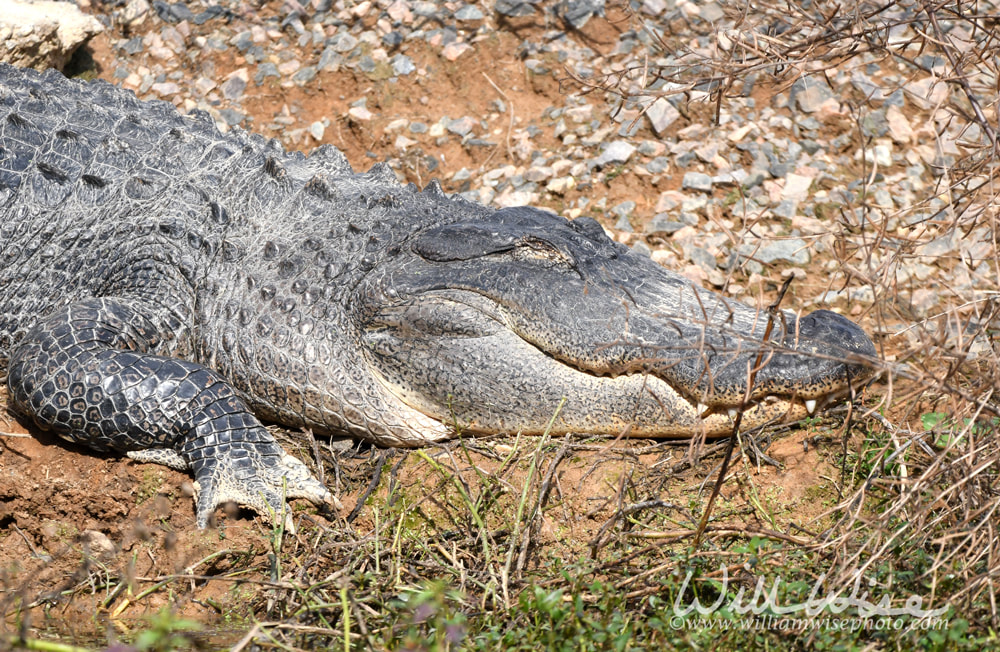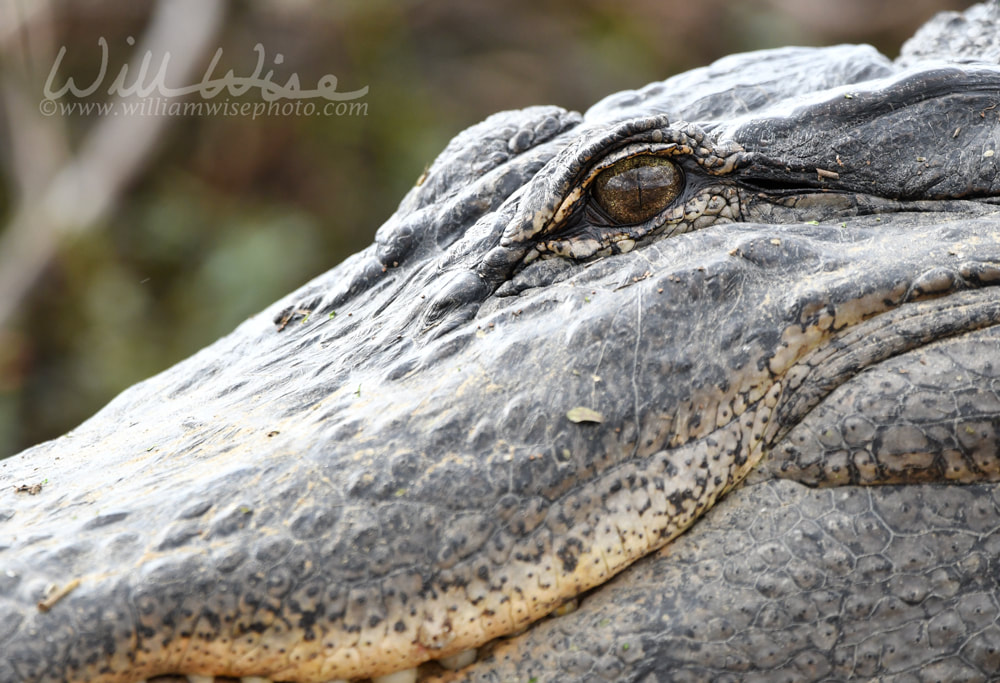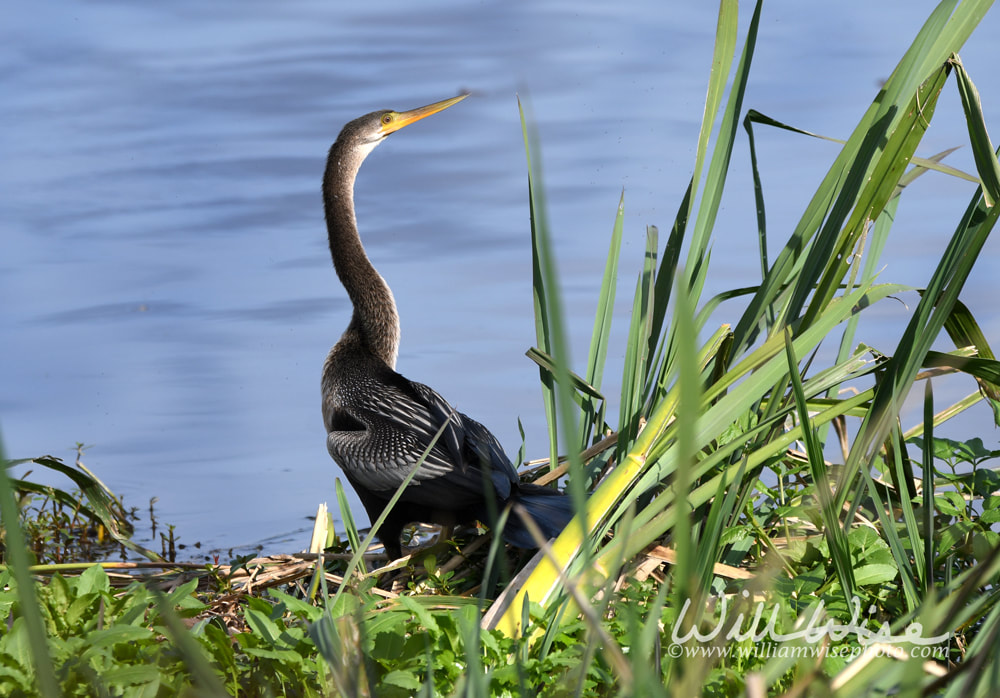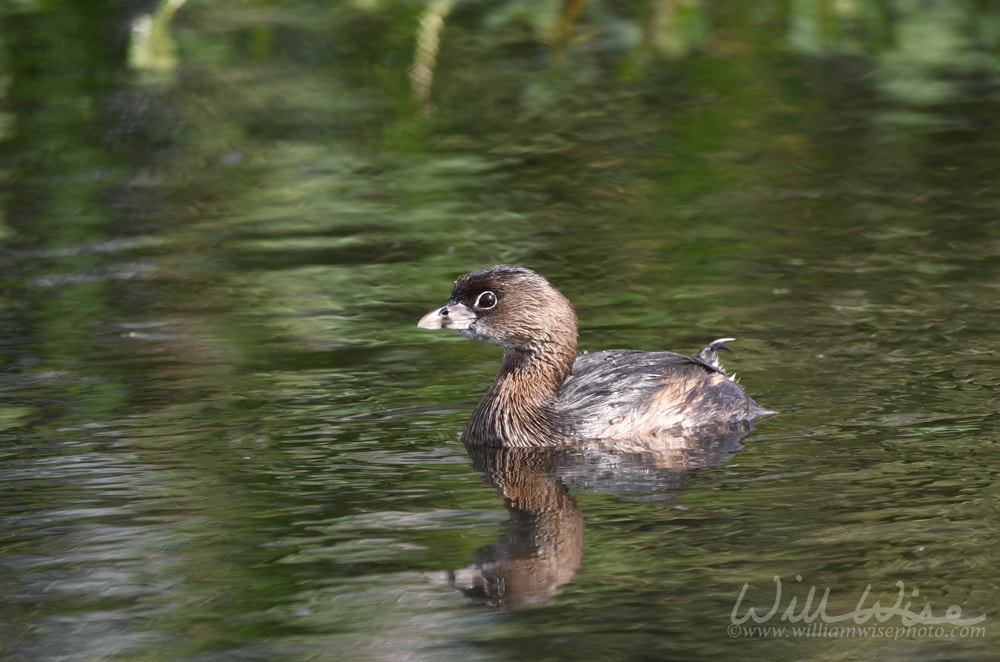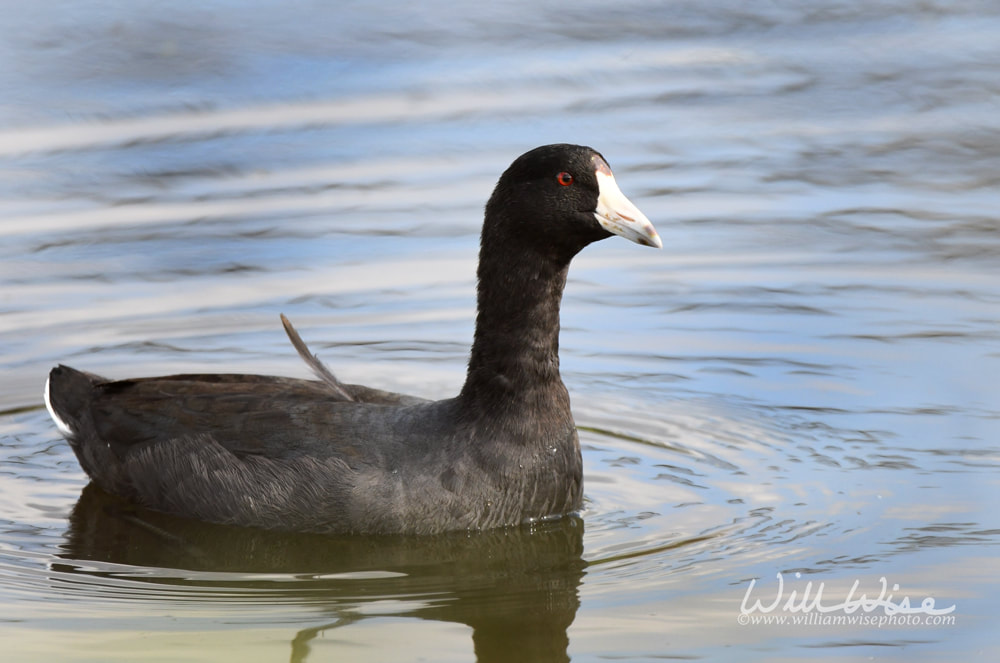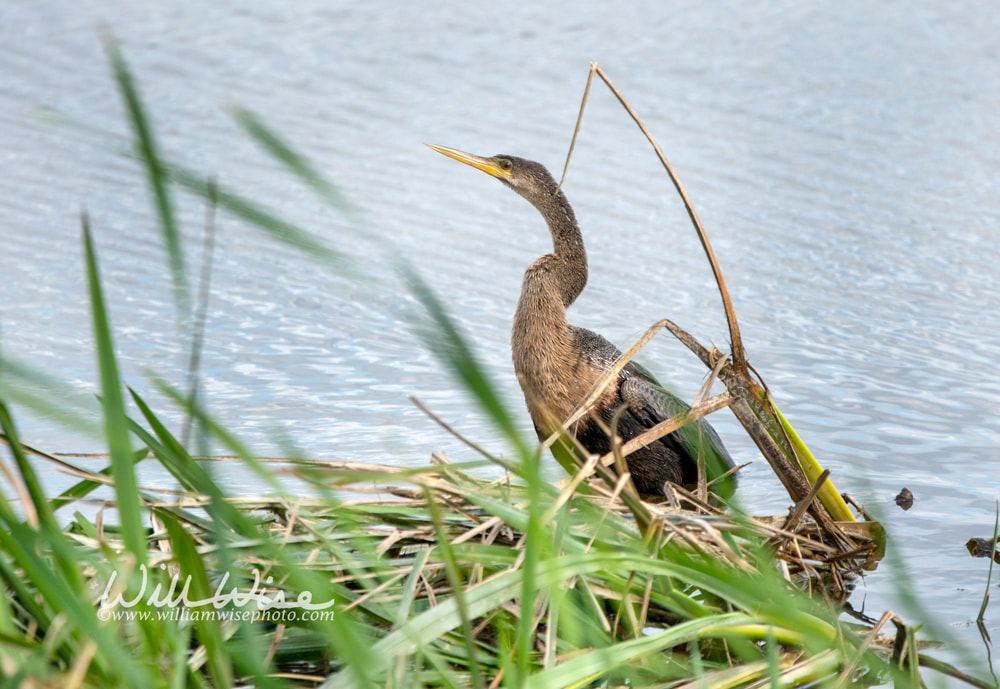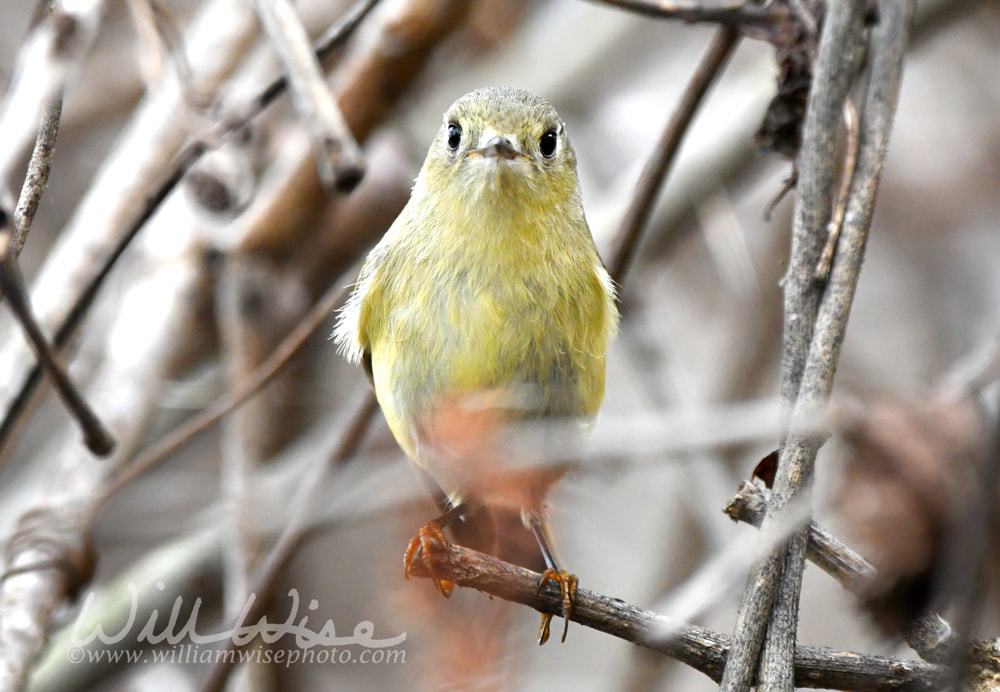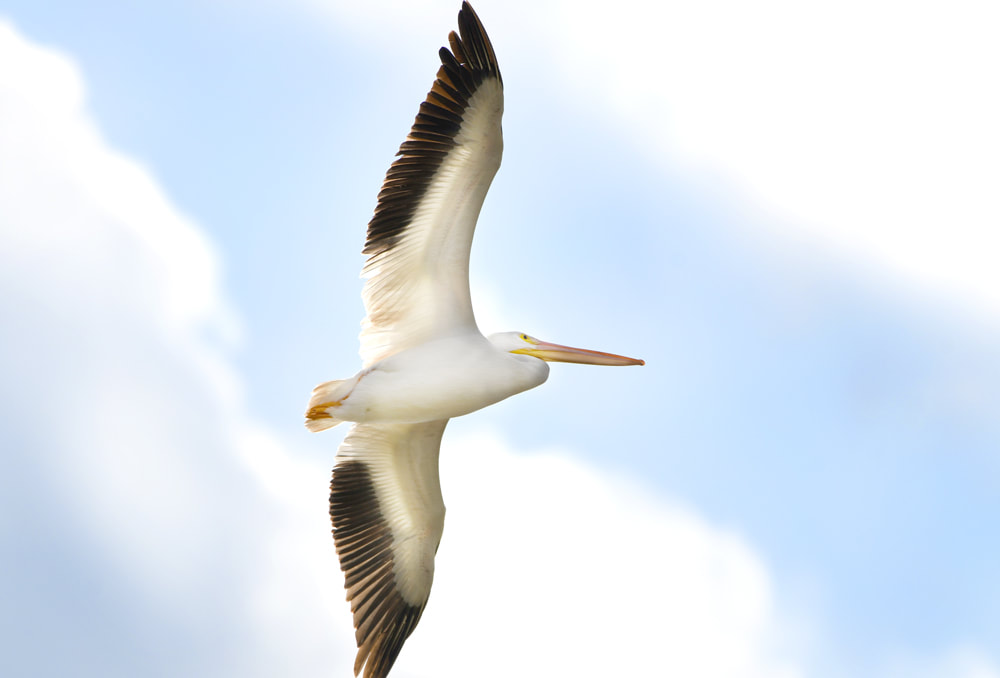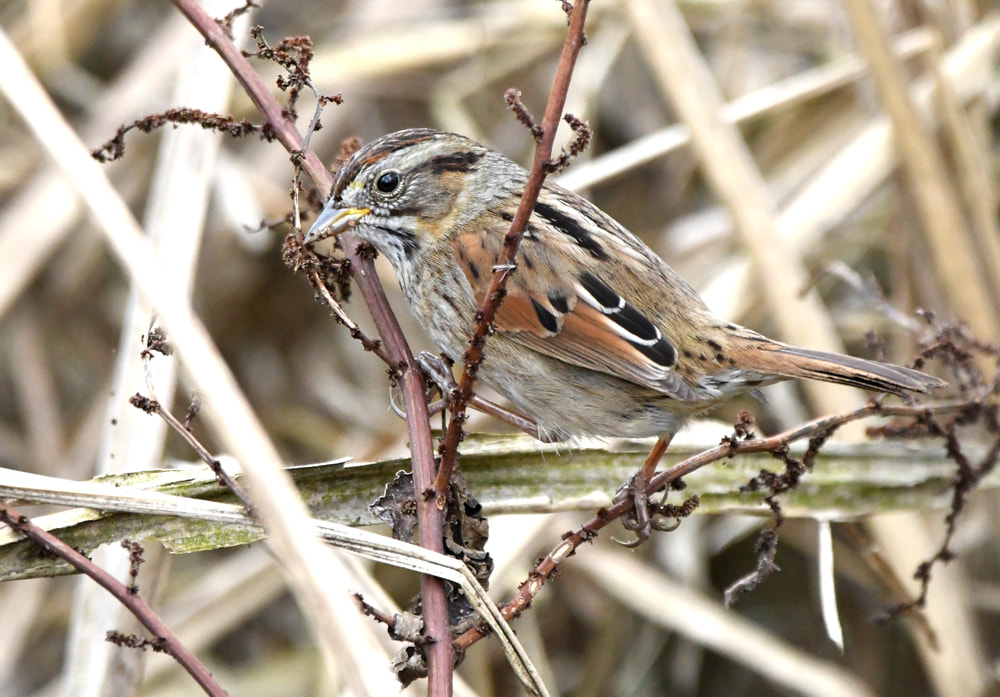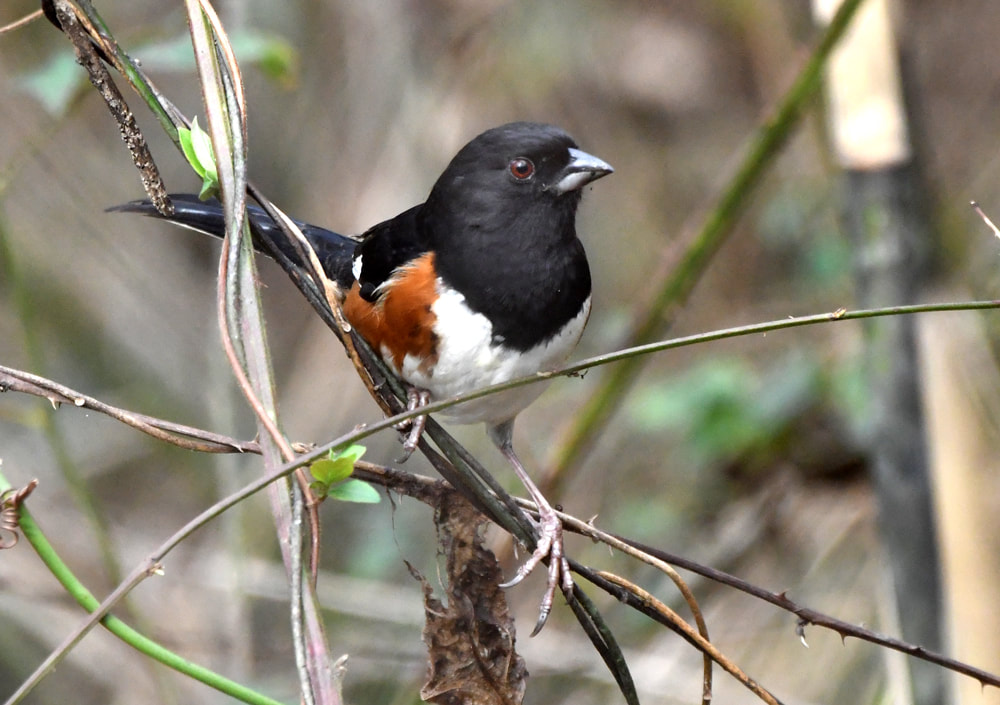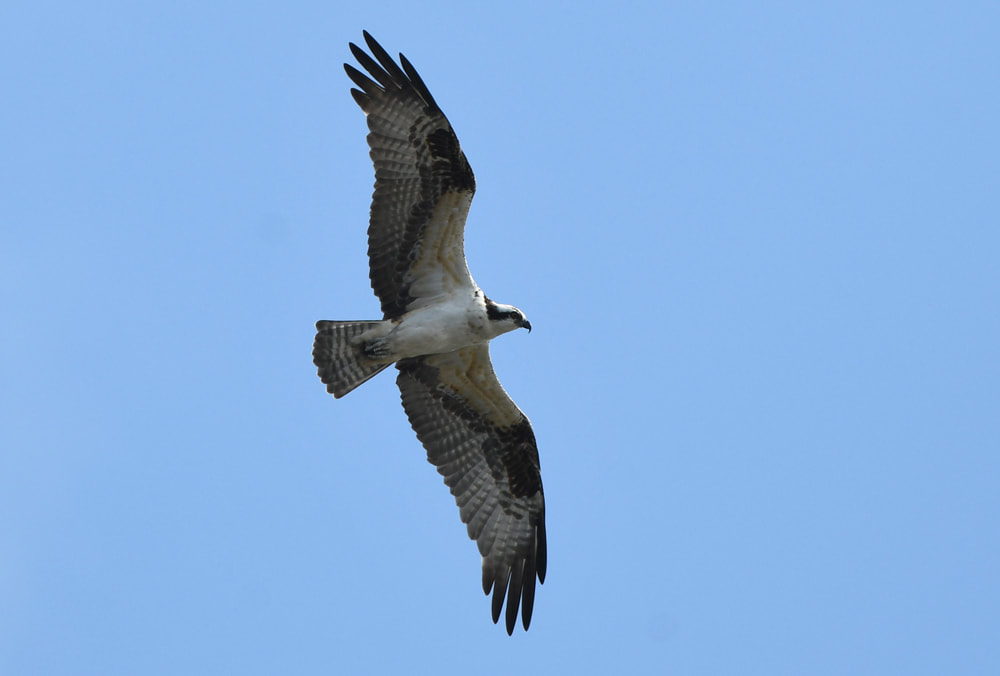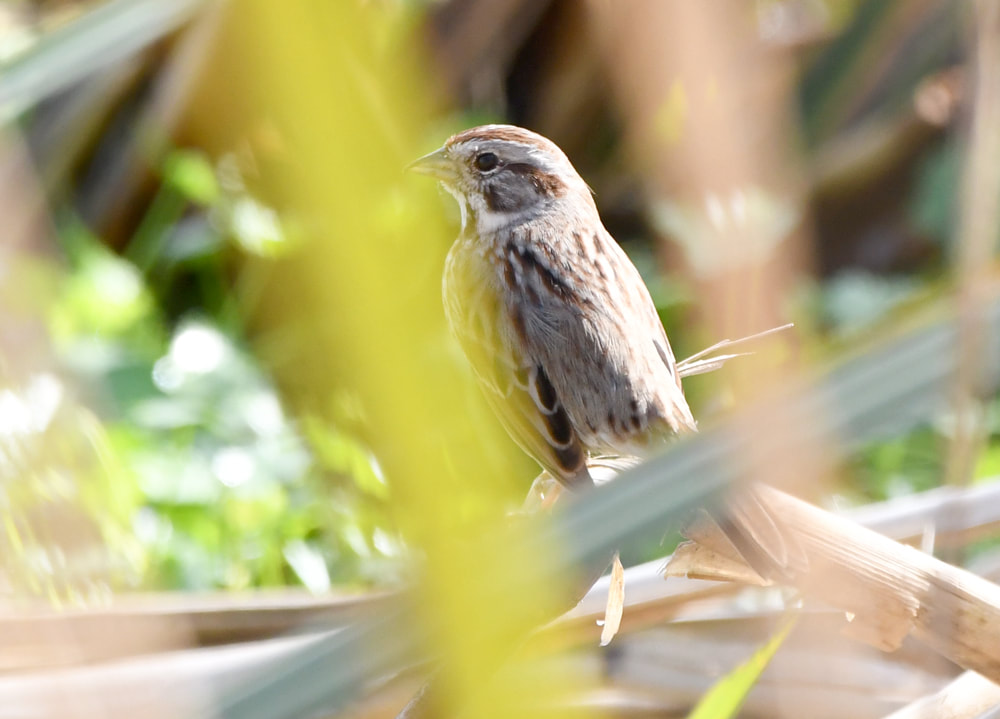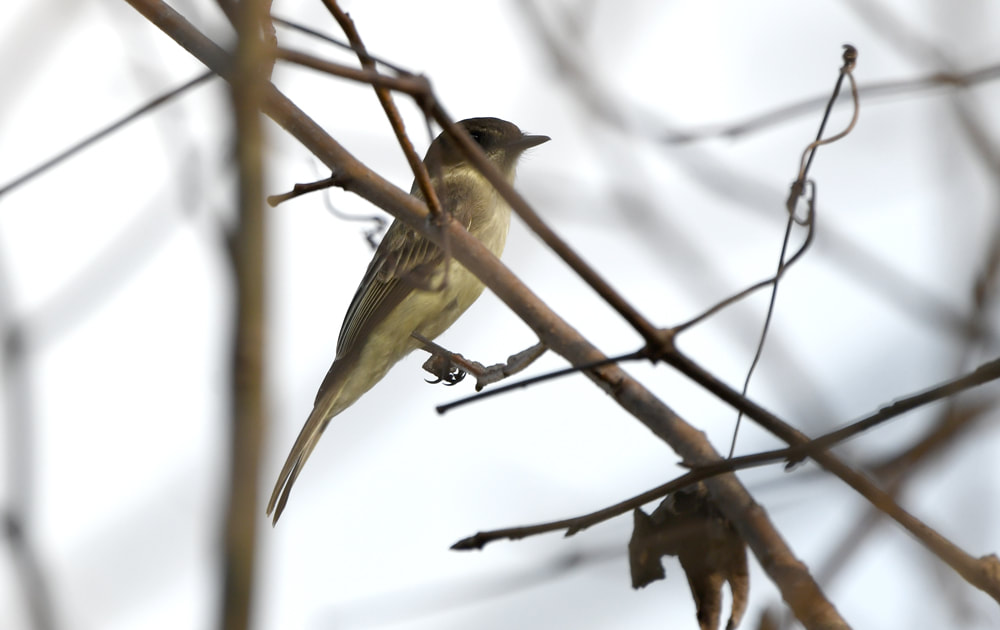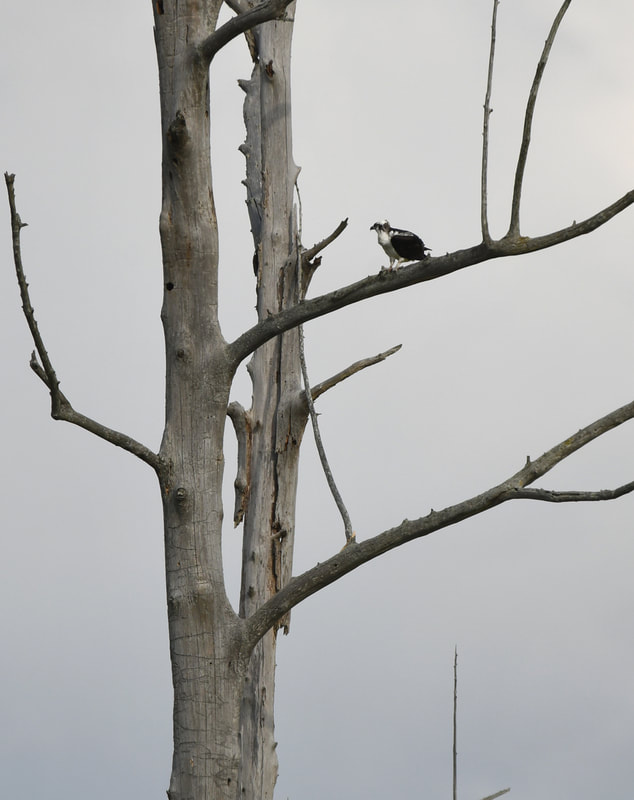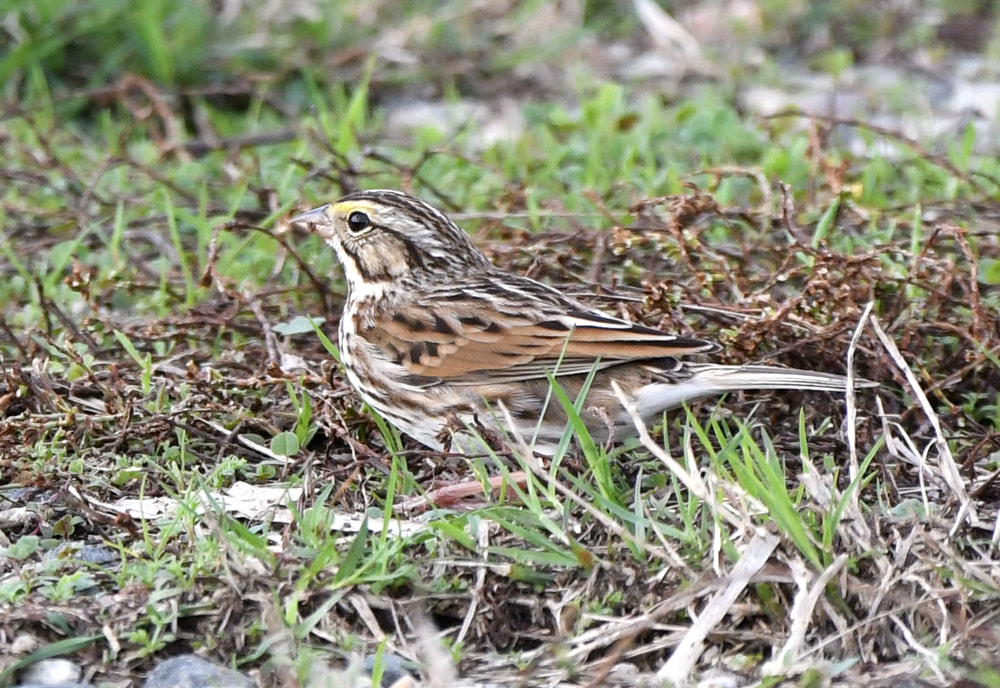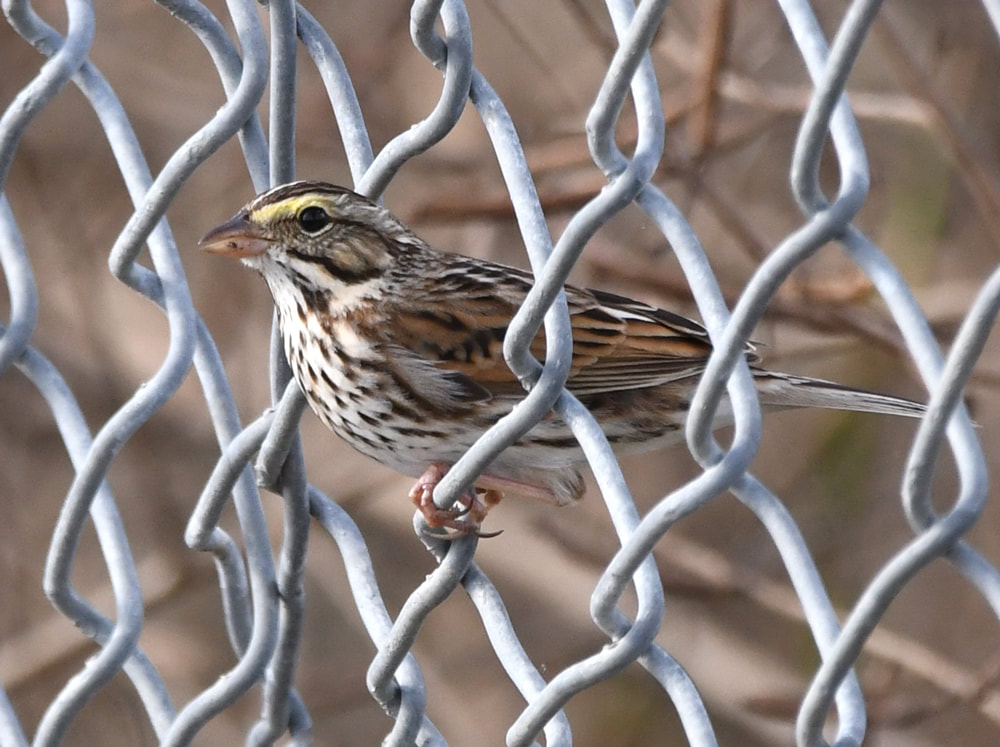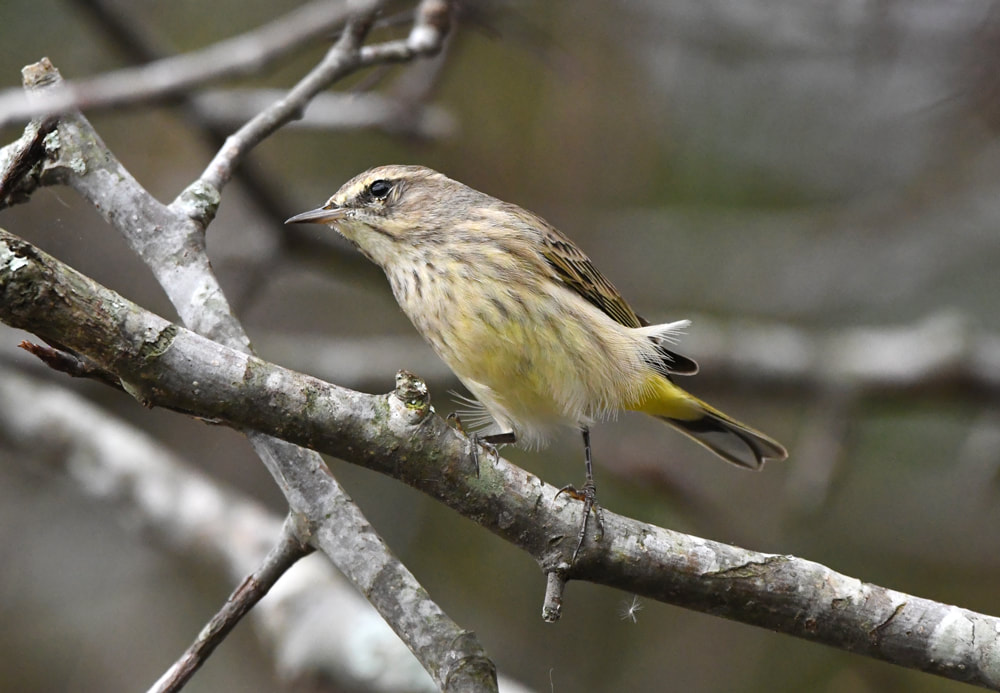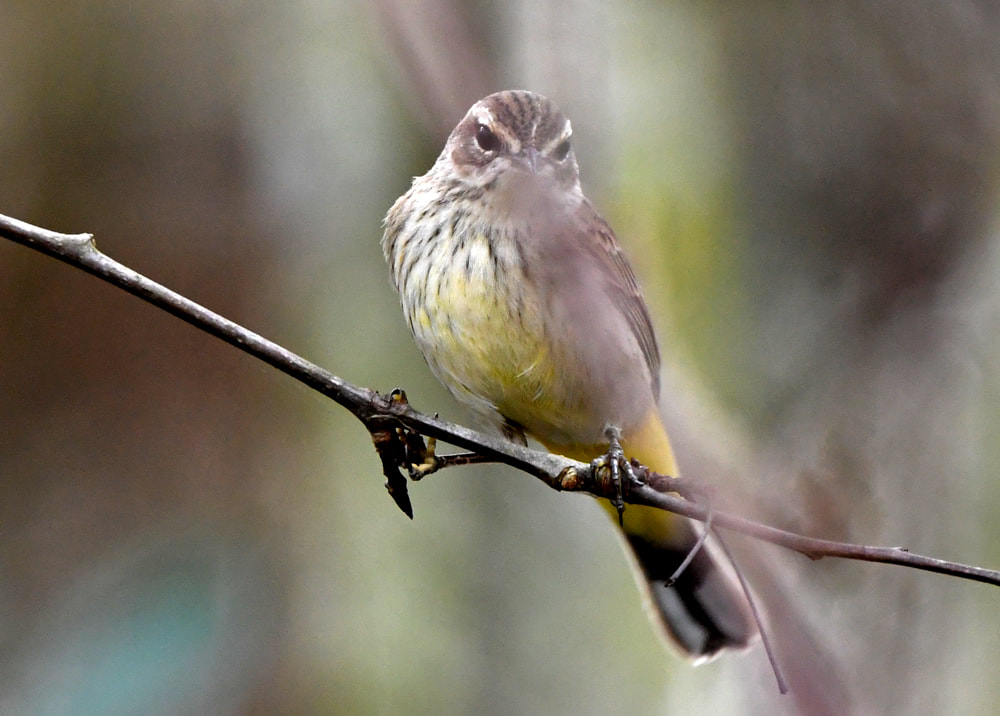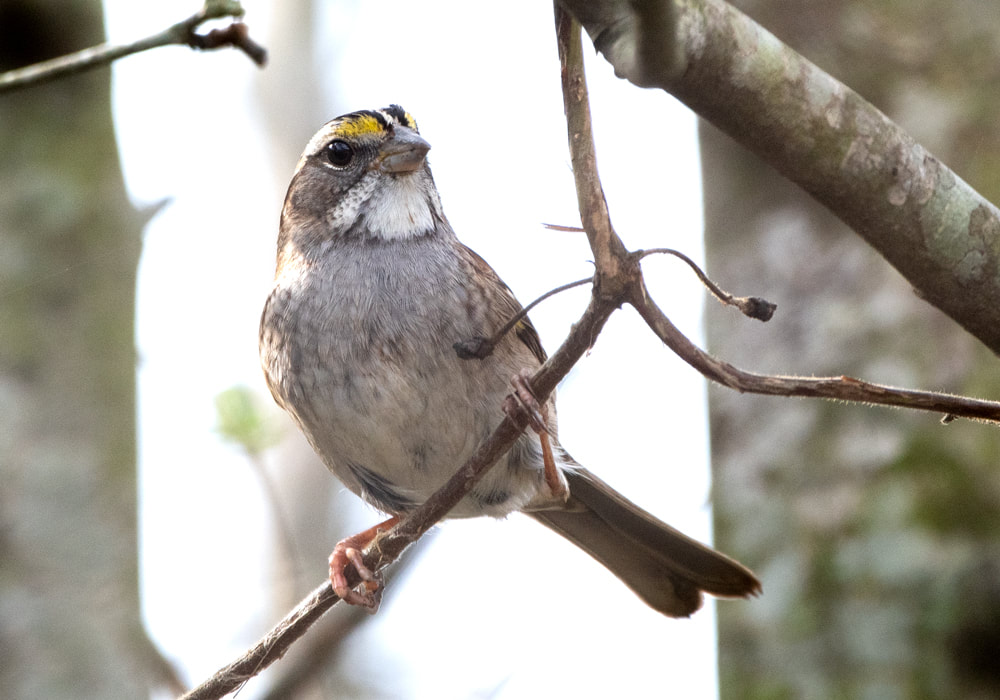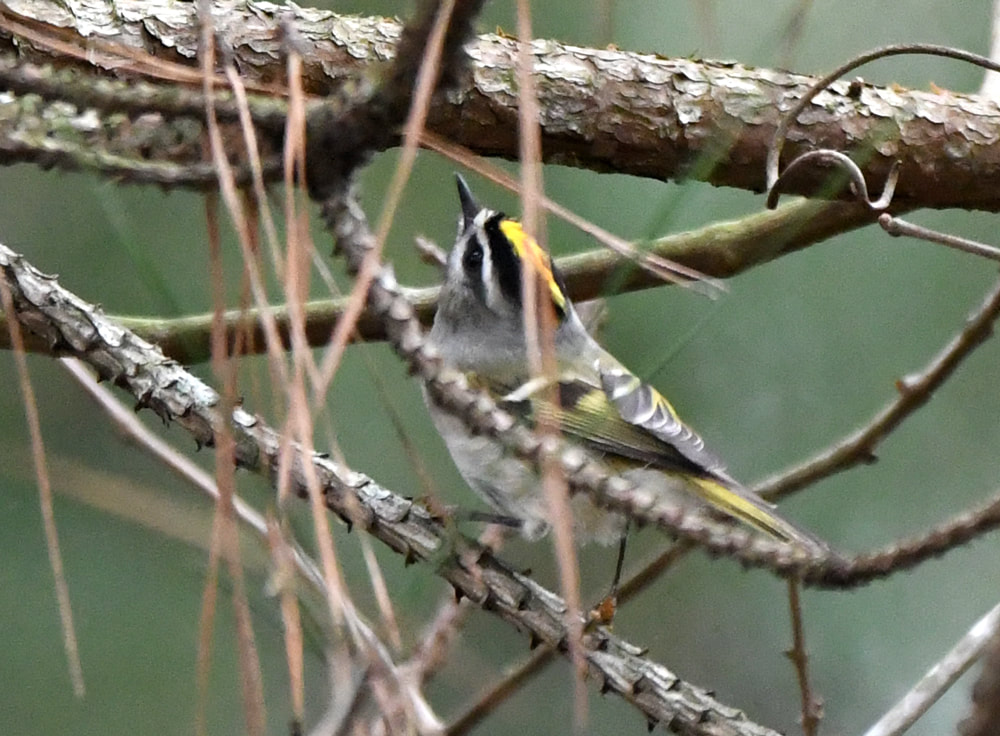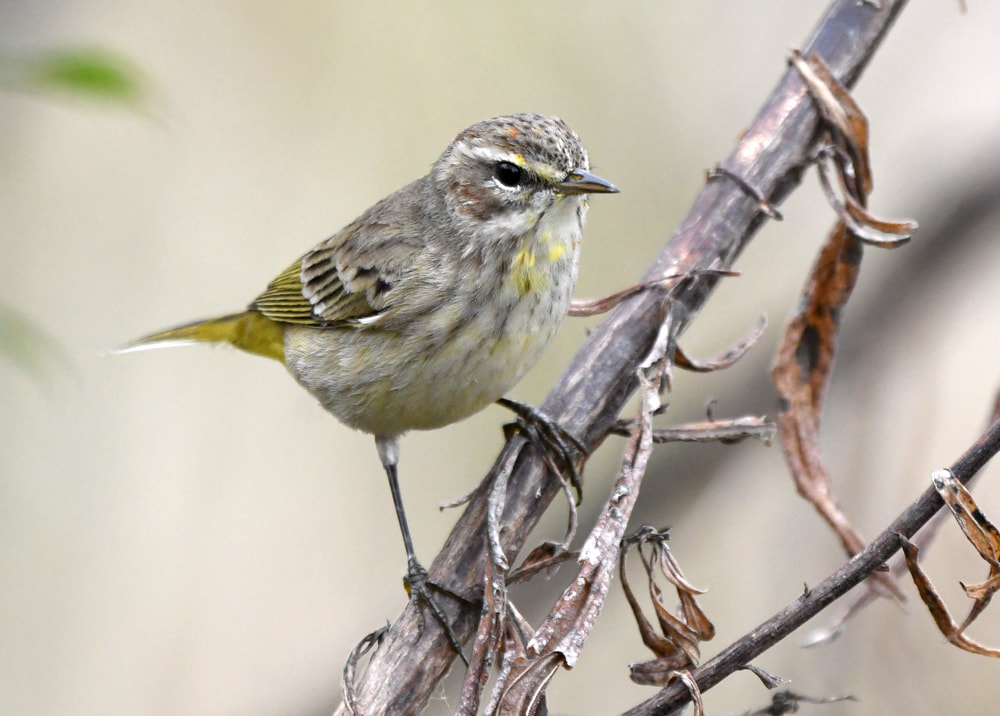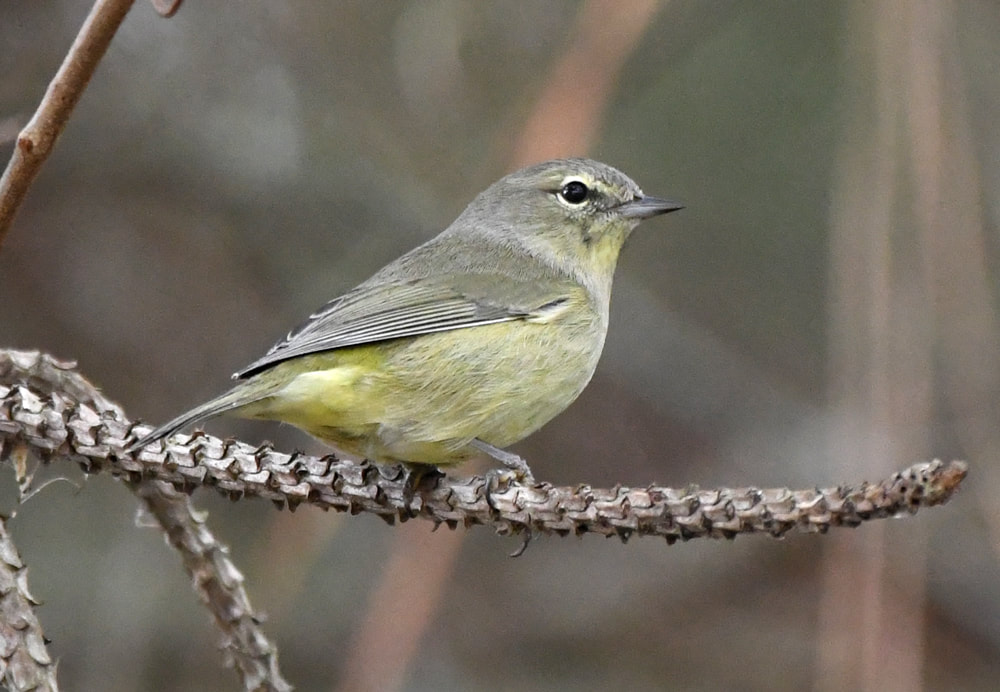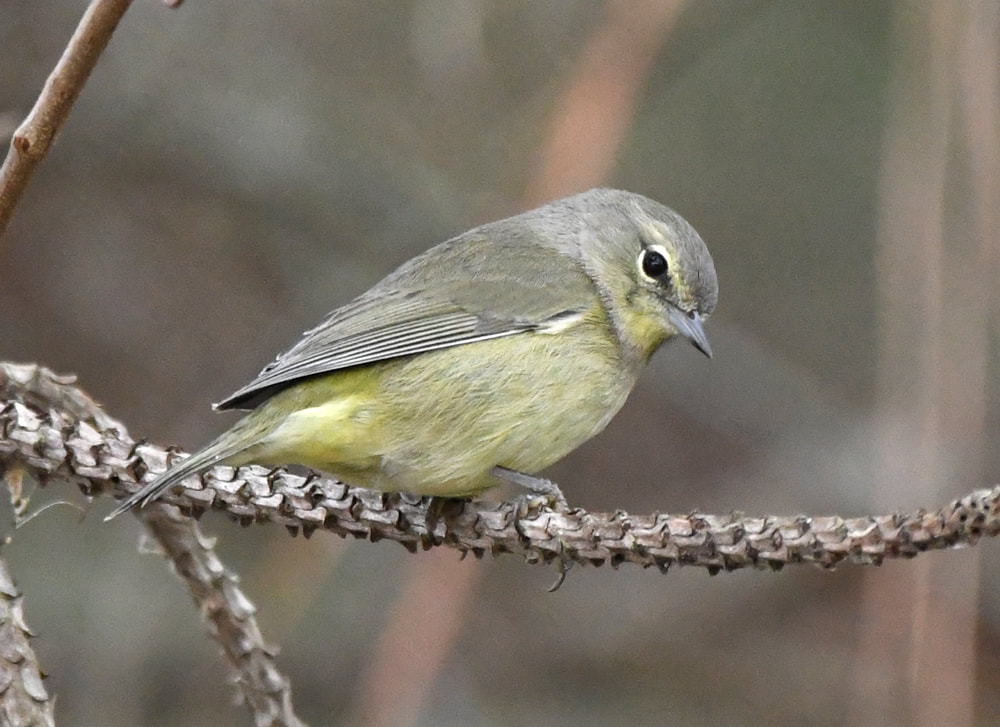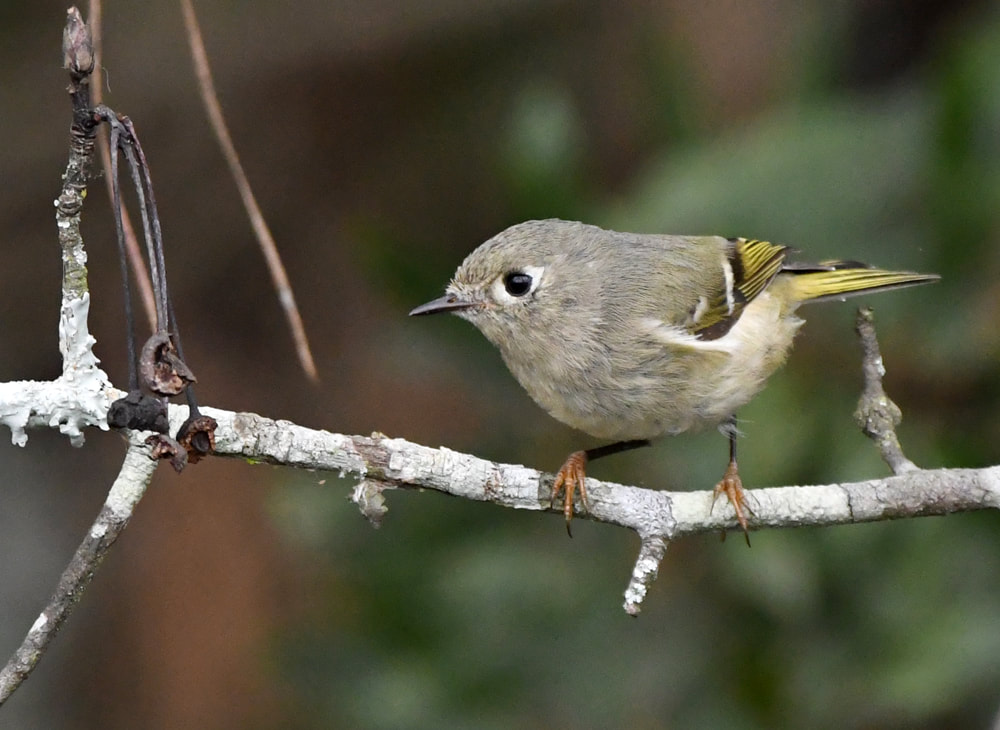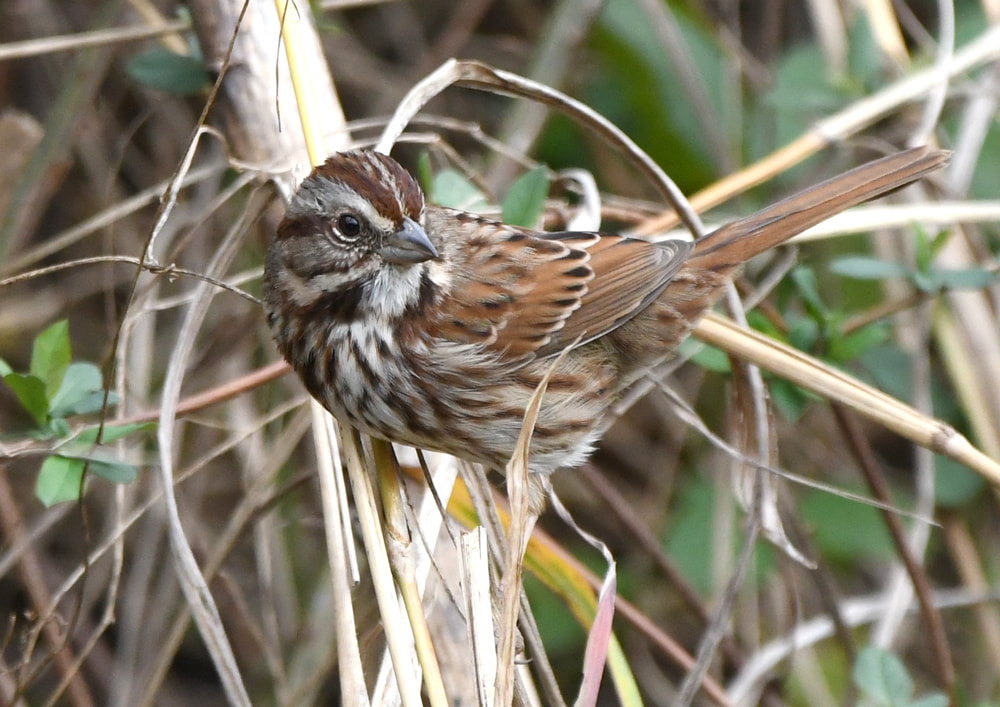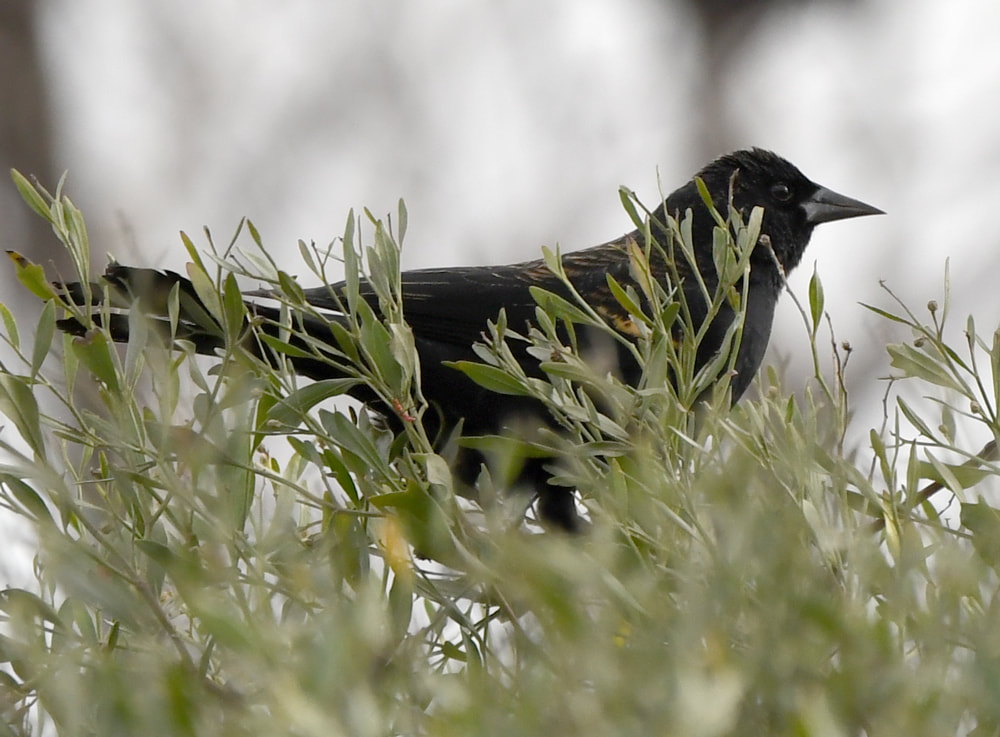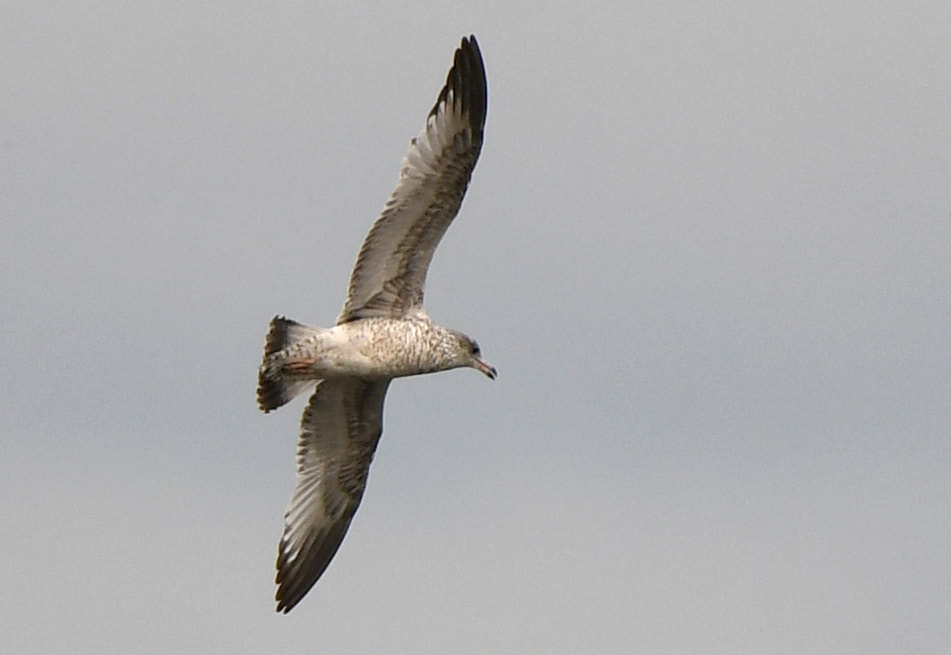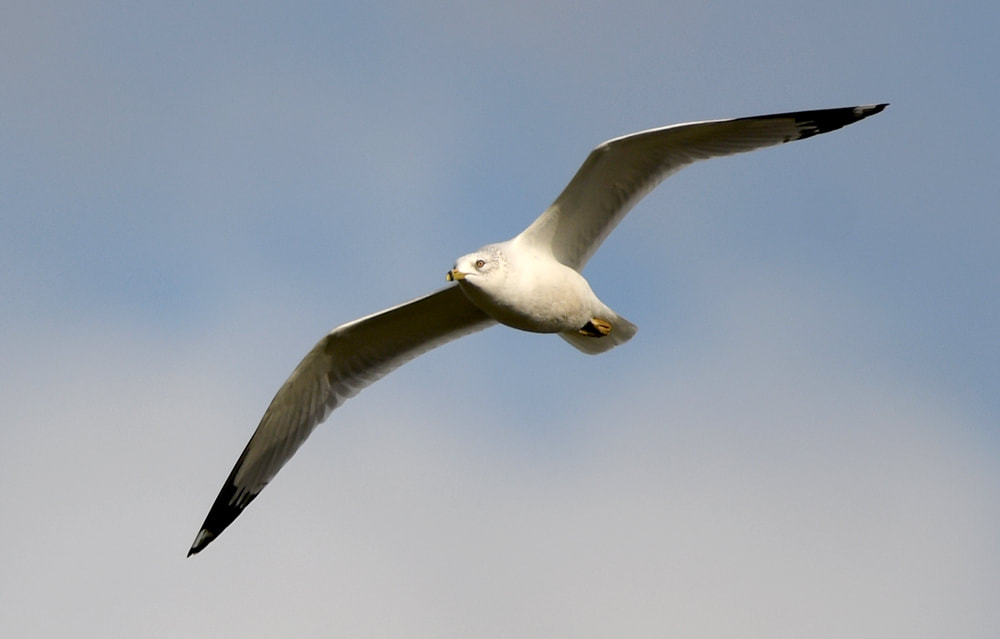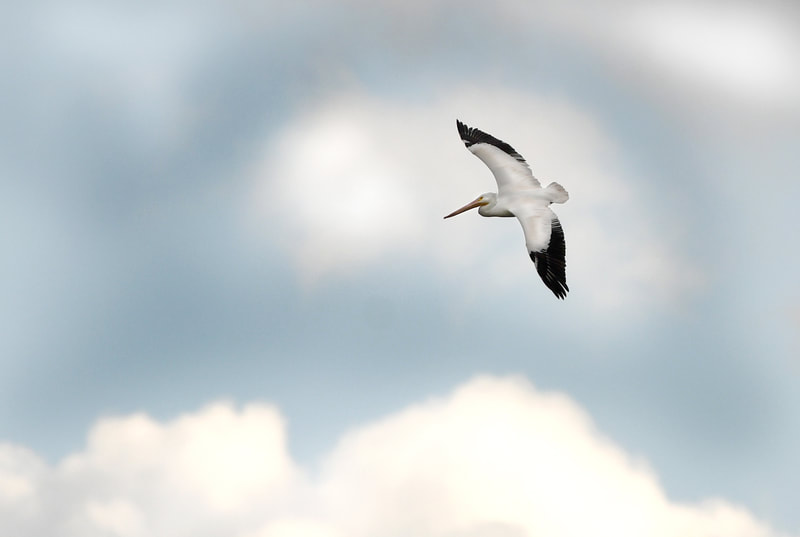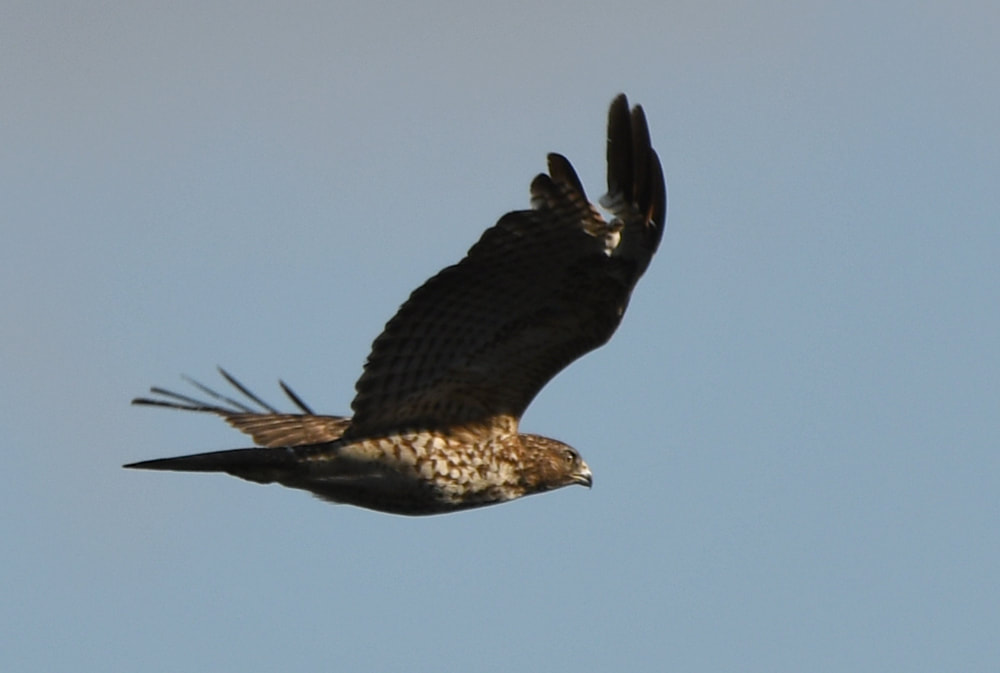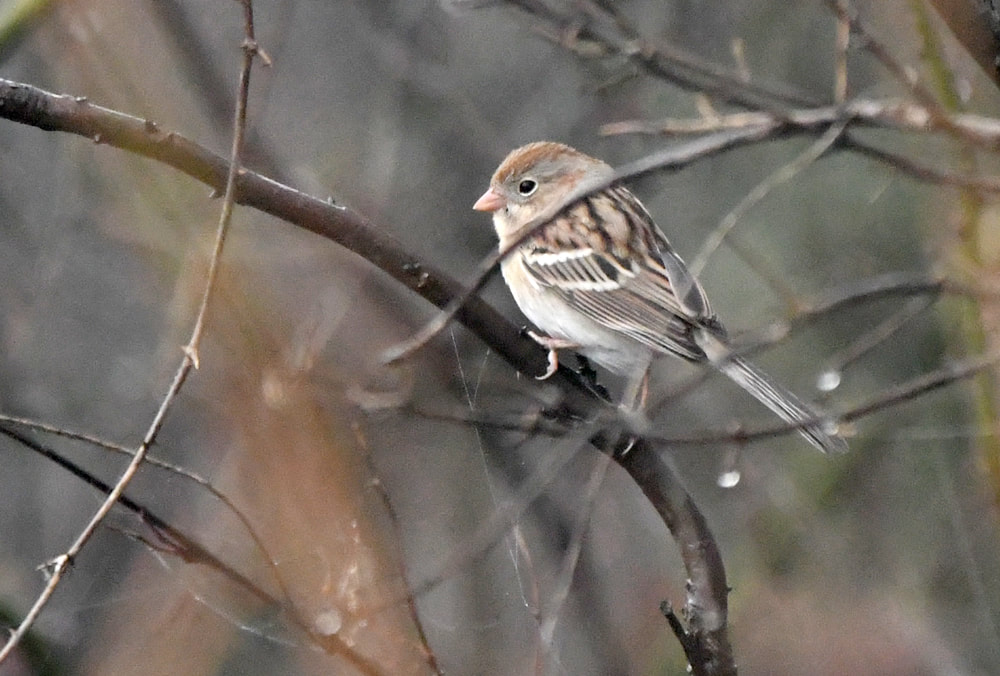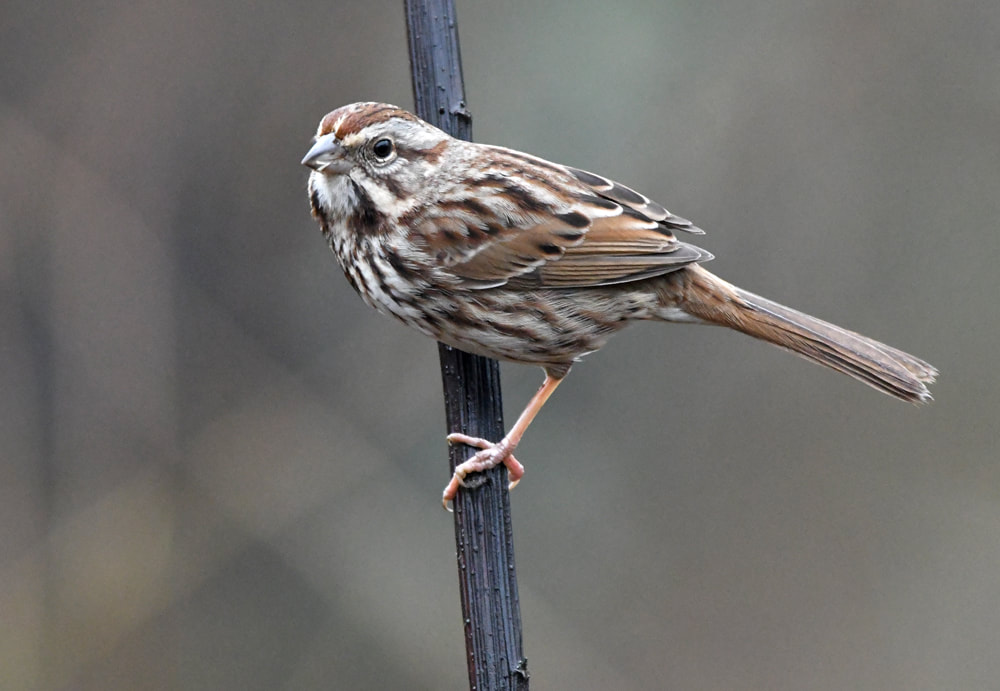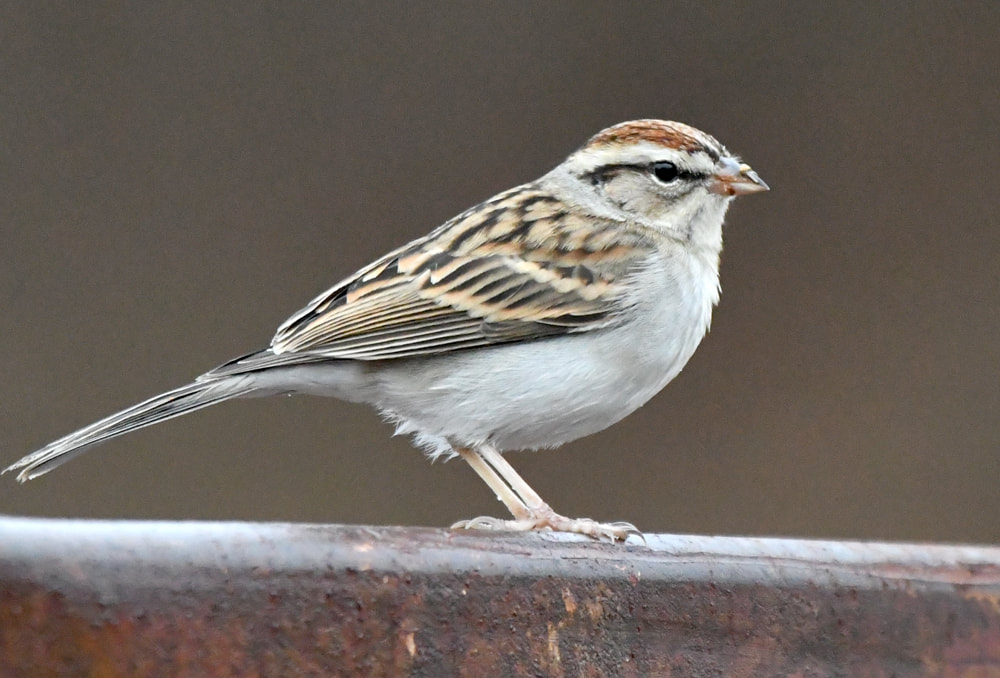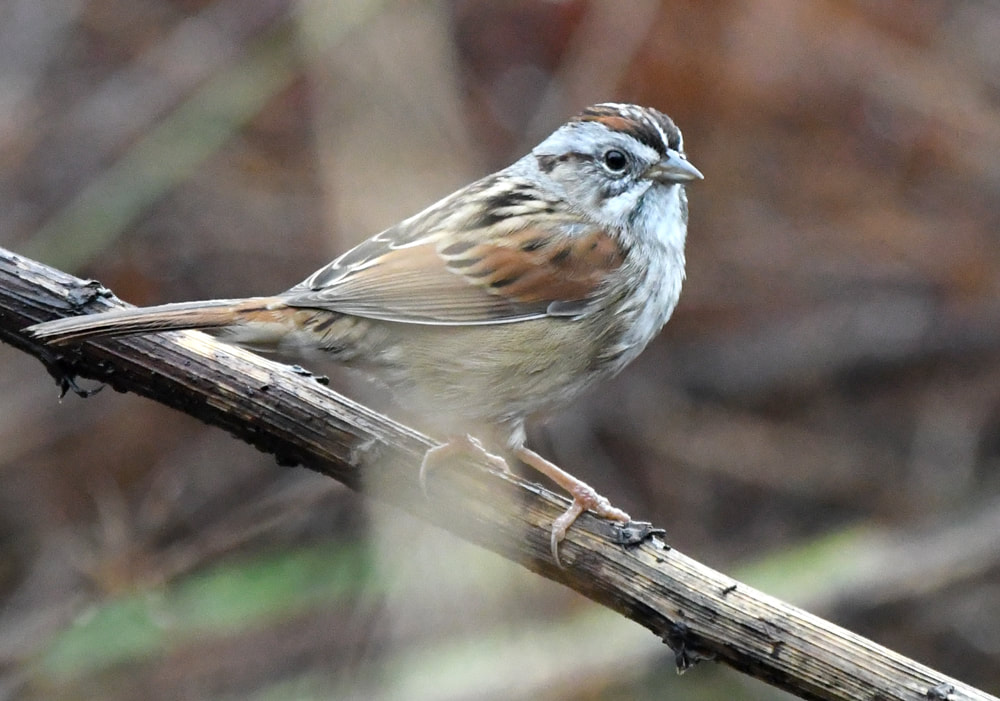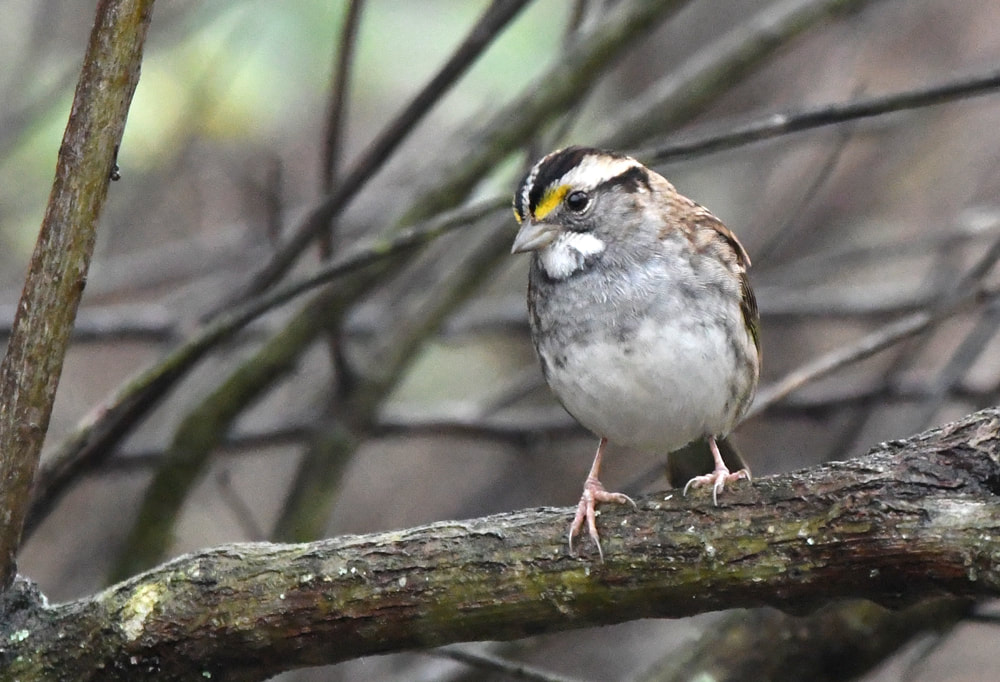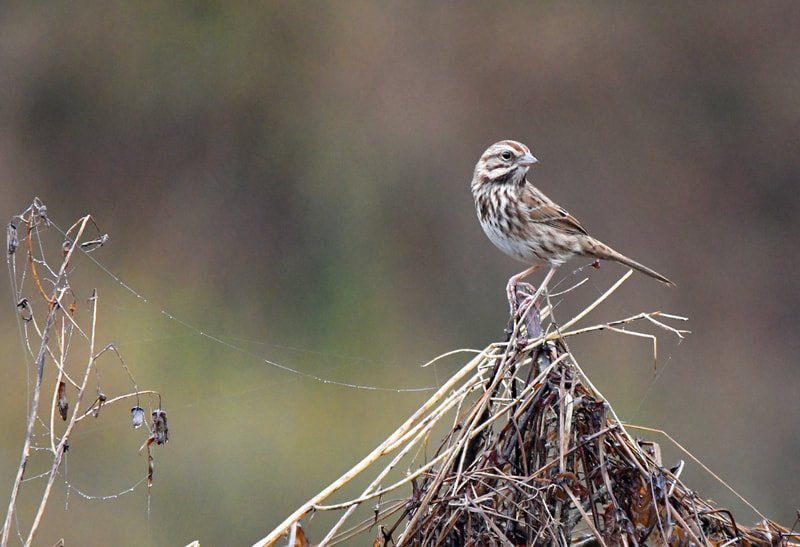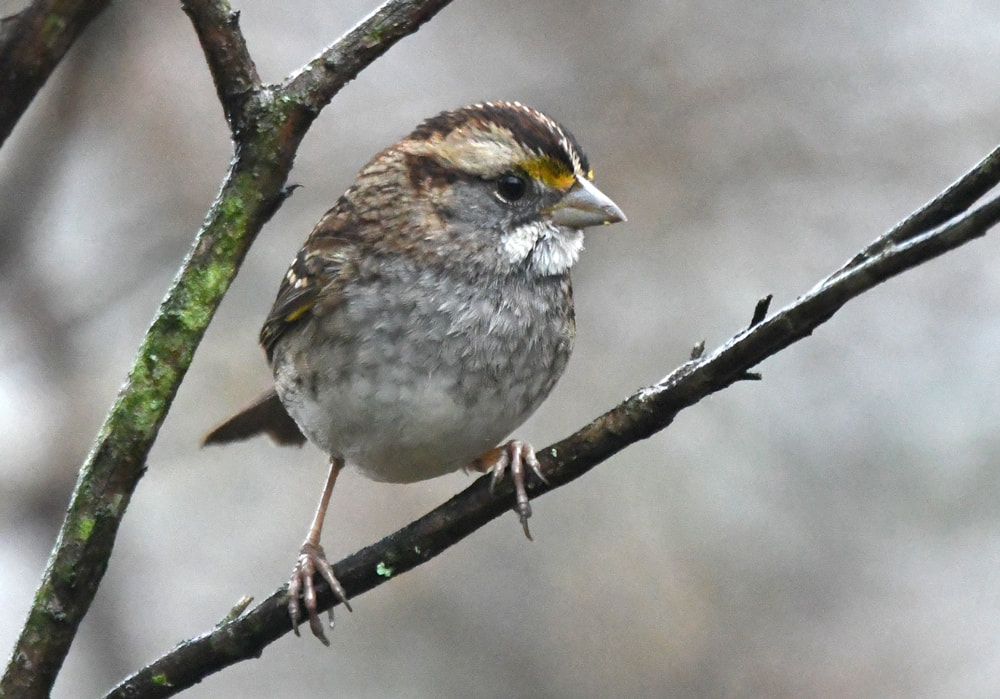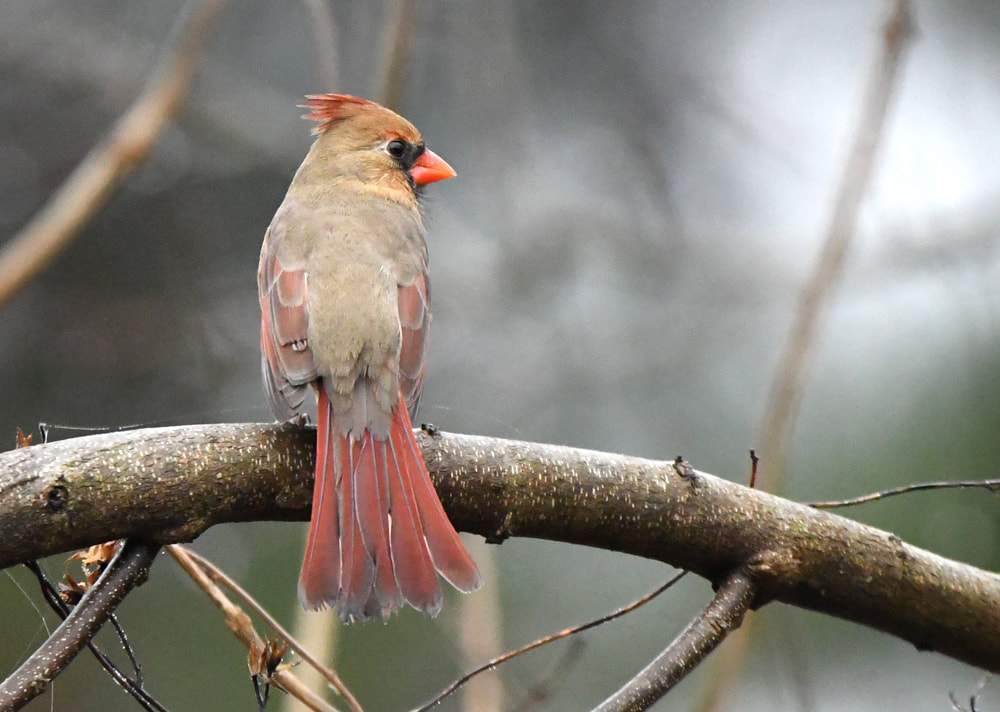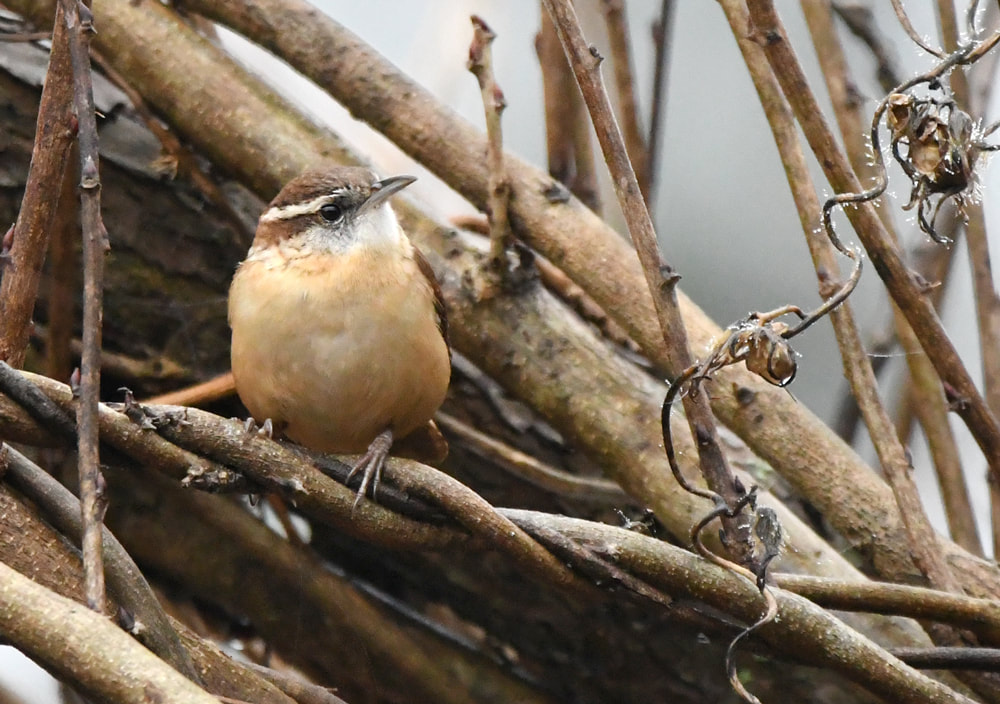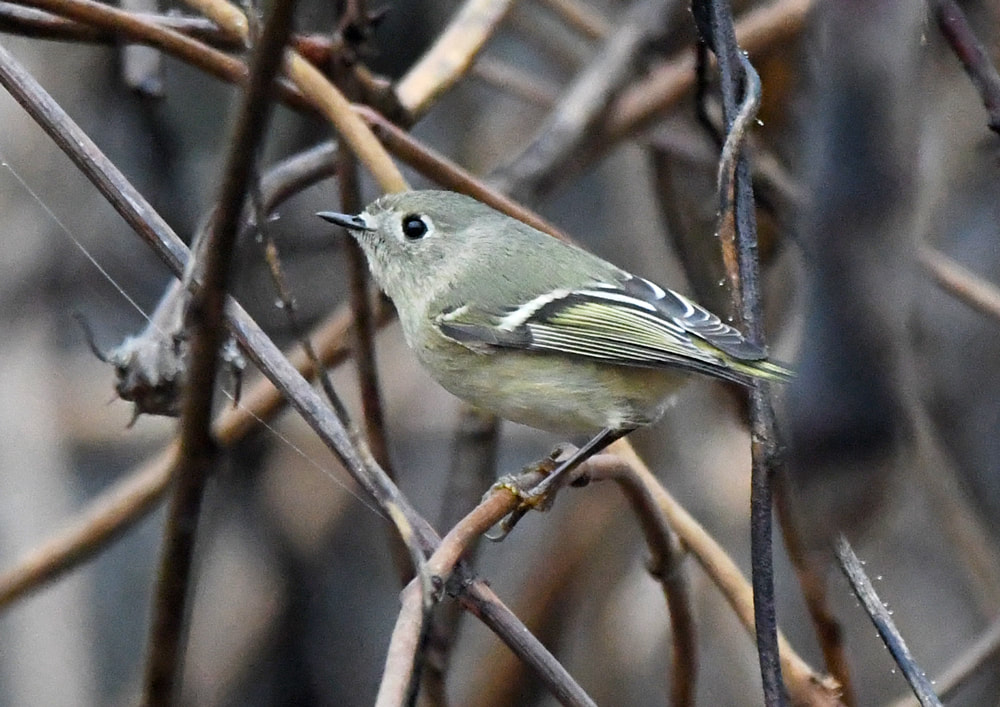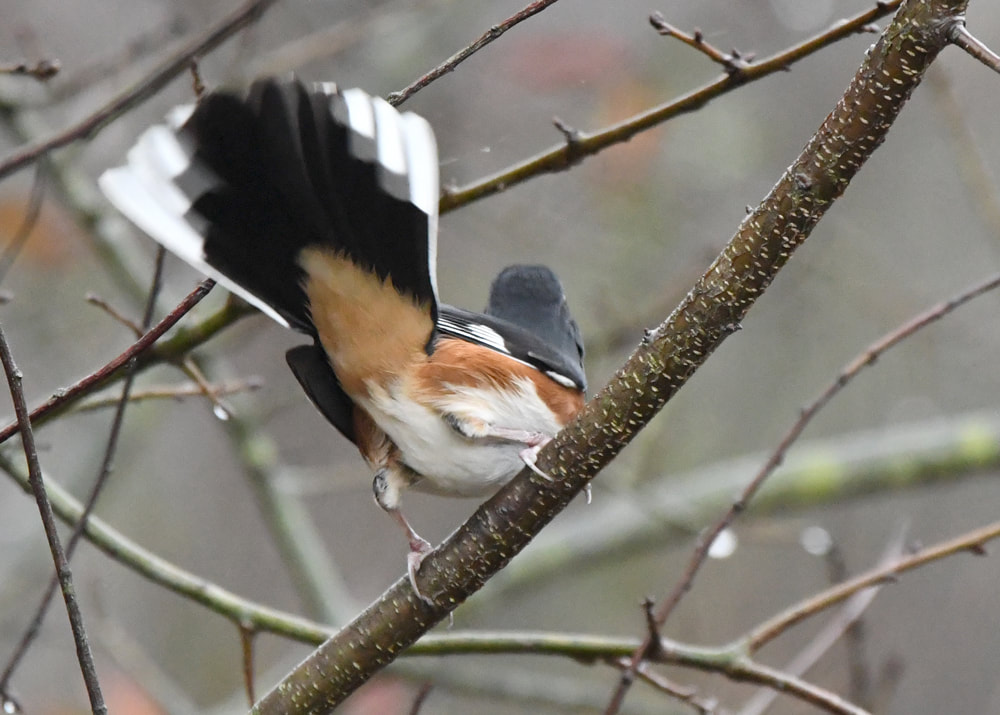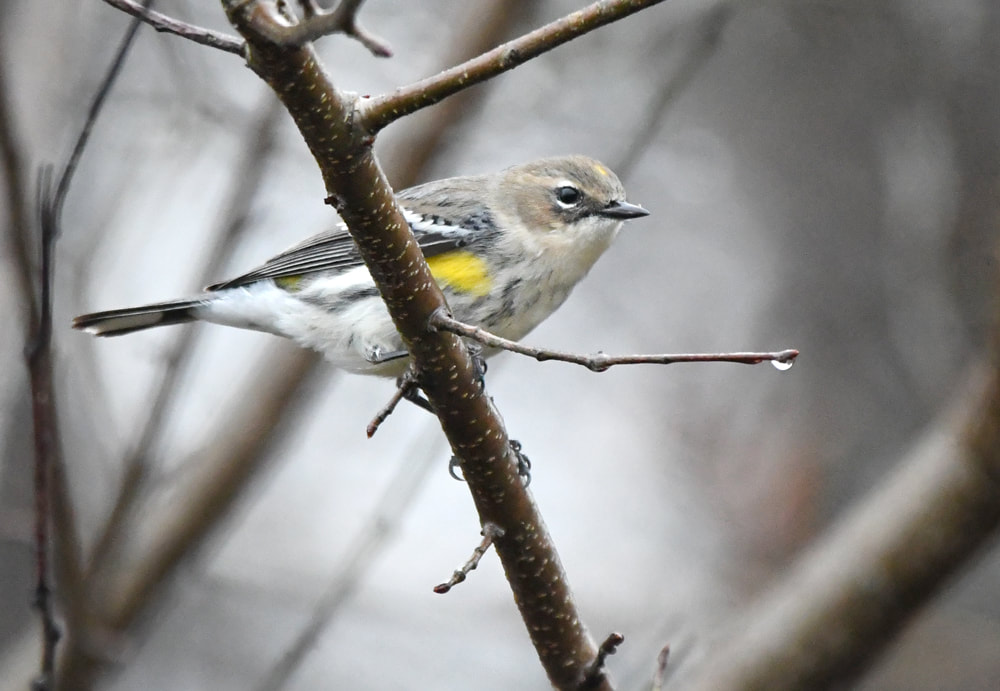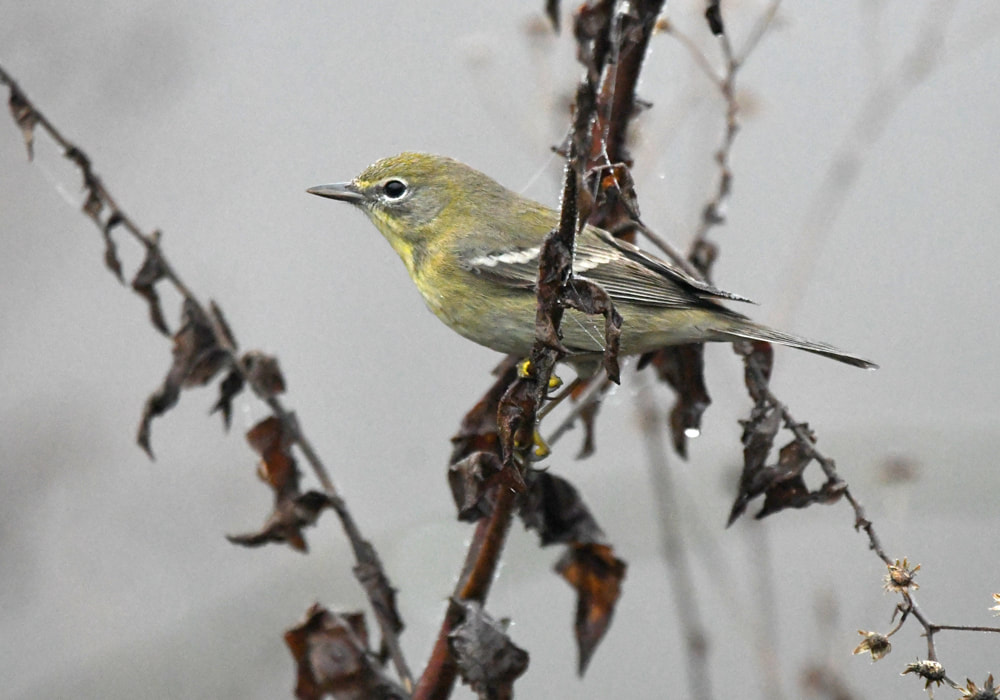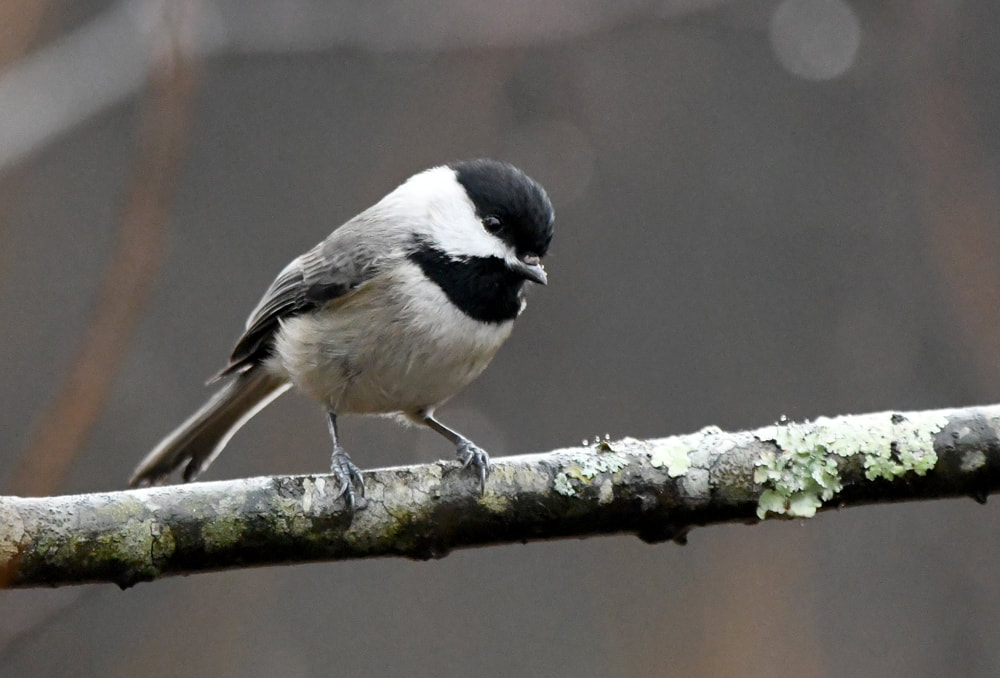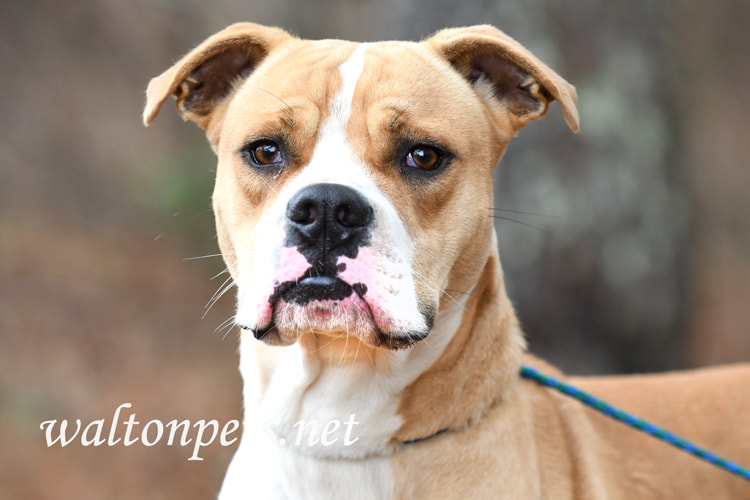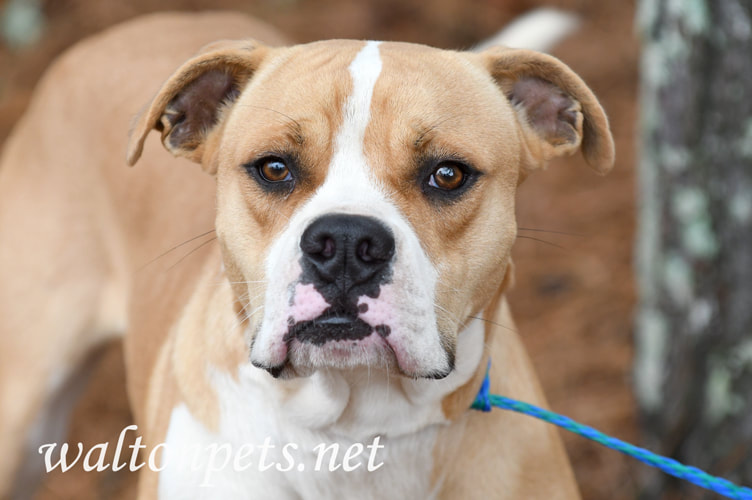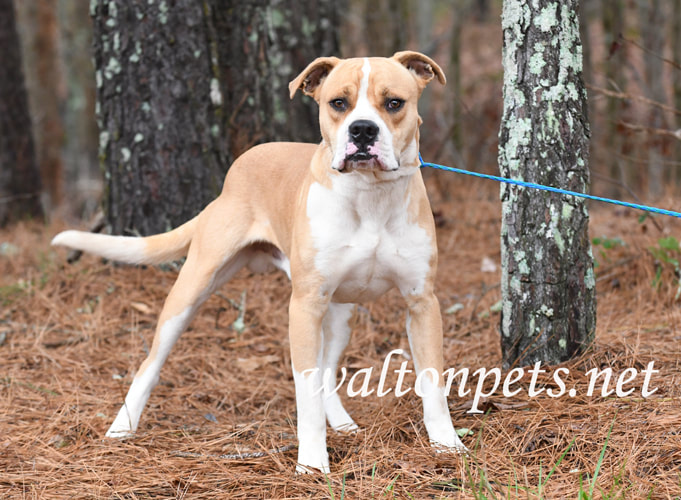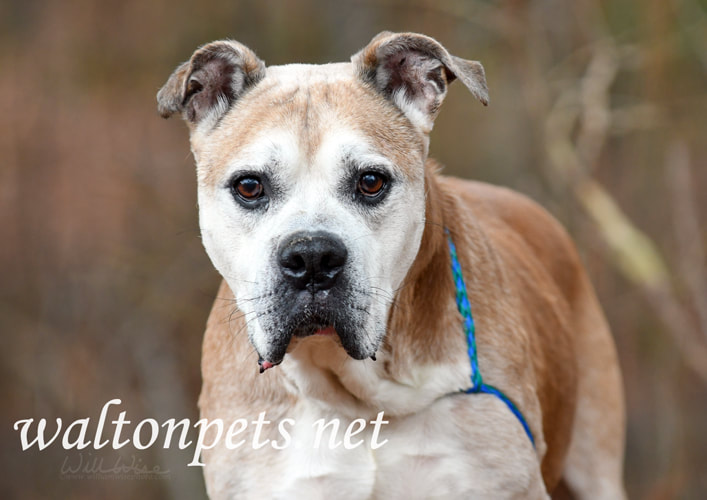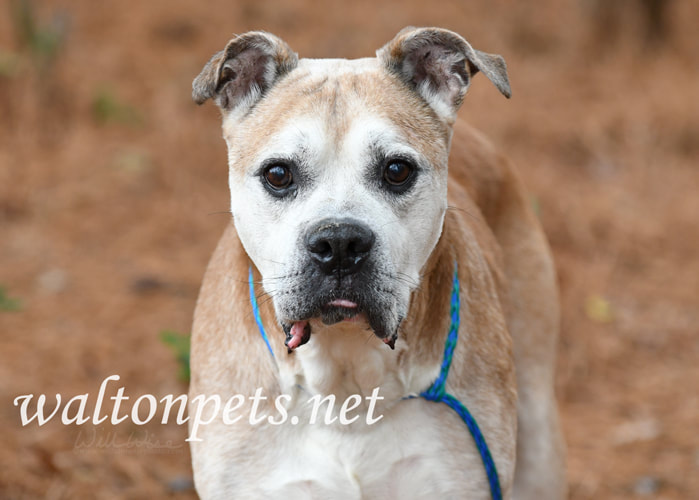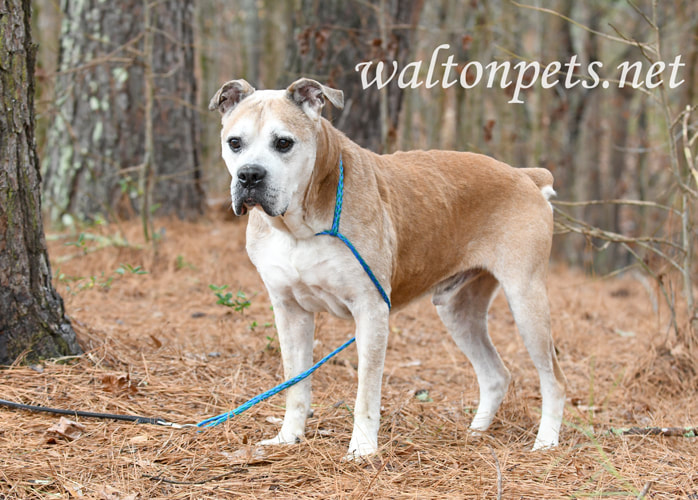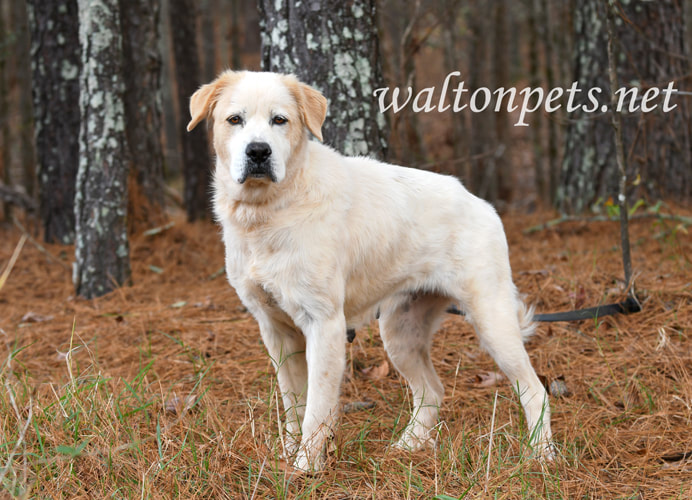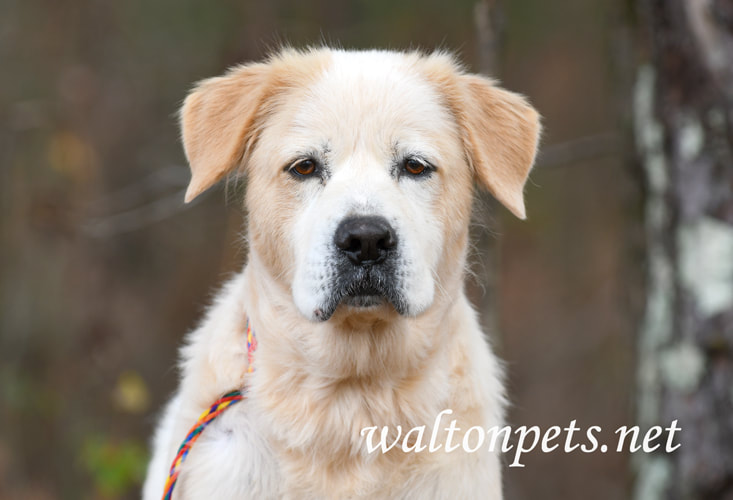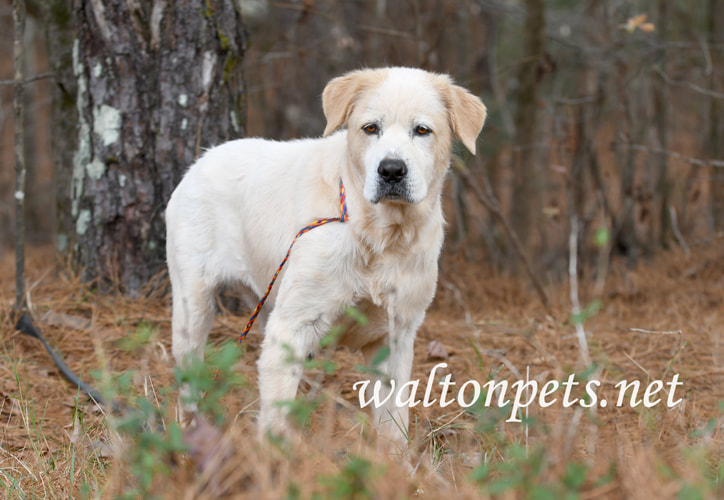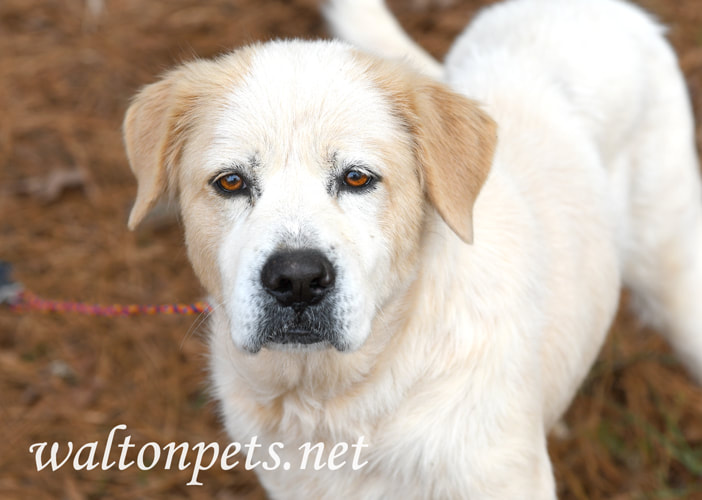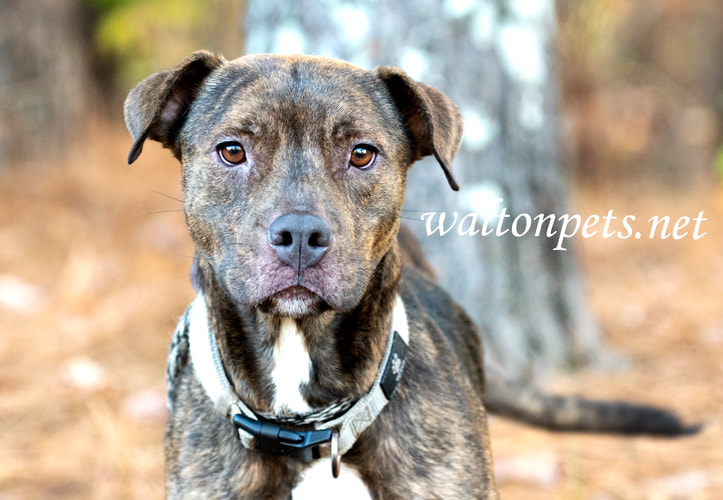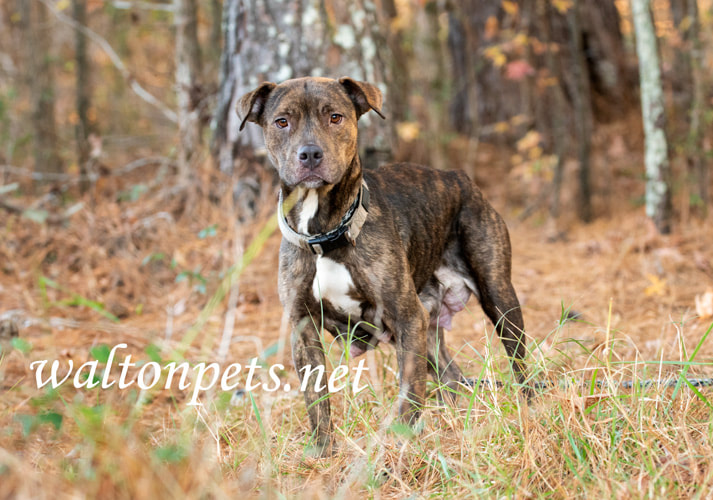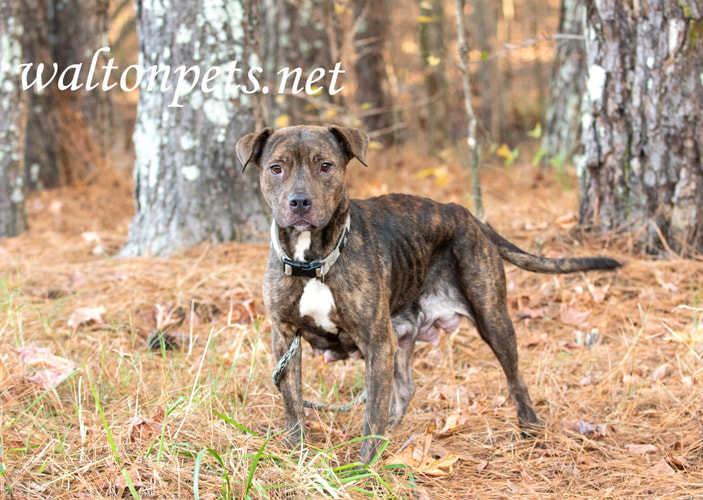 Animal Shelter Furtography is my collection of pet photography from the humane society animal shelter to find new homes dogs and cats needing rescue or adoption. The photographs are posted on several national pet adoption websites. "Reagan" was an older Pointer mix breed dog picked up by an animal control officer on January 10, 2022. She was already spayed and had a microchip, but none of the information was current, so the shelter couldn't find her owner. I had the pleasure of doing her adoption photography on the chilly morning of January 12, 2022.
0 Comments
 Animal Shelter Furtography is my collection of pet photography from the humane society animal shelter to find new homes dogs and cats needing rescue or adoption. The photographs are posted on several national pet adoption websites. "Misty" was a pretty pitbull girl that was turned in to the animal shelter as a stray on January 4, 2022. I had the honor of doing her glamour shots on January 12. She was such a pretty girl and posed nicely for the camera.  Animal Shelter Furtography is my collection of pet photography from the humane society animal shelter to find new homes dogs and cats needing rescue or adoption. The photographs are posted on several national pet adoption websites. "Brownie" was a good-looking pitbull boy that was surrendered to the animal shelter by his owner on January 6, 2022. I got to do his adoption photos on January 12, 2022.
 William Wise Photo Nature Notes is a wildlife, birding and nature photography blog documenting the beauty, design and wonder of God’s creation. -- "What a wildly wonderful world, God! You made it all, with Wisdom at Your side, made earth overflow with your wonderful creations." Psalms 104 The Message In the northwestern corner of Phinizy Swamp, across the wooden bridge that crosses the oxbow lake marsh, is the "Equalization Pond". I assume it is a bit deeper water than the wetland cells, and therefore houses a variety of wildlife. There is always a fairly large gator or two out in the open and up close for some good photographs. A short wooden fence surrounds the pond and can obscure the banks. So you occasionally have to slow down and peer down over the fence along the water’s edge. On my last trip to Phinizy, I nearly passed by one large alligator. It was only several yards from me, but hidden by the fence and bank. Climbing up on the fence a bit, I was able to shoot down and get some great detail photographs of those water-tight crocodilian scales and armor. New Year's Day at Phinizy Swamp Nature Park; Richmond County, Georgia  William Wise Photo Nature Notes is a wildlife, birding and nature photography blog documenting the beauty, design and wonder of God’s creation. -- "What a wildly wonderful world, God! You made it all, with Wisdom at Your side, made earth overflow with your wonderful creations." Psalms 104 The Message Phinizy Swamp Nature Park is a great place! Perhaps because I live over an hour away in Athens, I had no idea it even existed. But when I joined iNaturalist, I began seeing all kinds of great photographs being posted! Living in the Piedmont, I typically had to drive several hours to find some good wetlands habitat. I was happy to find this great place call Phinizy Swamp! On any visit, the long-legged waders are present. Ibis, herons, egrets and a variety of other waterfowl love the wetland cells. It is some great habitat for them. On my last January visit, it was definitely a gathering of the greats: Great Egrets and Great Blue Herons. There were dozens and dozens of stately white Great Egrets standing in marshes. The Great Blues were a bit more tricky to find, and in less abundance. The Great Egret, Ardea alba, is found throughout the world in tropical or warm climes. Being all white and standing at 1 meter tall, it often stands out among the green reeds of the wetlands it inhabits. The Great Blue Heron, Ardea herodias, is a bit taller, but its gray and blue coloration make it blend in with its surroundings a bit better. Both wade through the shallow marsh waters with their long legs hunting for a wide variety of food, including fish, snakes, frogs, dragonflies and crustaceans. With plenty of these prey items available as well, Phinizy Swamp is a great place for the gathering of the Greats! New Year's Day at Phinizy Swamp Nature Park; Richmond County, Georgia  William Wise Photo Nature Notes is a wildlife, birding and nature photography blog documenting the beauty, design and wonder of God’s creation. -- "What a wildly wonderful world, God! You made it all, with Wisdom at Your side, made earth overflow with your wonderful creations." Psalms 104 The Message Even though it was January, the forecast called for a warm day. The high at home was going to be 75, but over in Augusta it was to be a sunny 80 degrees! Perhaps this warm January day was going to be good for herping. By the time I arrived, the clouds had burned off and the temperature was already rising. I knew I would soon regret my choice of a long-sleeved thermal shirt. A few hikers were already at the Phinizy Swamp Nature Center when I arrived. And when I reached the first wetland cell hopes got even higher for a great ‘gator day. Right away I spotted three alligator laying on the marsh grasses in the sun. By the end of my 7.5 mile hike, I photographed over 20 alligators, eight snakes and many turtle. Human, bird and reptile alike were loving this warm, first of January spring like day! New Year's Day at Phinizy Swamp Nature Park; Richmond County, Georgia  William Wise Photo Nature Notes is a wildlife, birding and nature photography blog documenting the beauty, design and wonder of God’s creation. -- "What a wildly wonderful world, God! You made it all, with Wisdom at Your side, made earth overflow with your wonderful creations." Psalms 104 The Message As I as leaving Phinizy Swamp after a 7.5 mile hike that took several hours, I was approaching the bridge over Butler Creek when I noticed a couple staring down into the waters below. “What did I miss?”, I asked. They pointed down below to a young Cottonmouth coiled on a cypress knee. “Thanks!”, I exclaimed as I fired off a few shots. I then began scanning the stumps and debris below to find another, no three… four… five total Cottonmouths! It seemed the 81 degree January day was being enjoyed by more than just the human hikers. The Northern Cottonmouth, Agkistrodon piscivorus, is a venomous snake often called a Water Moccasin in many areas. Like rattlesnakes, it is a pit viper, meaning it has two heat sensing pits near its nostrils. They are usually fairly thick snakes with a mostly brown coloration, and a pattern of crossbands that is more distinct in younger individuals. New Year's Day at Phinizy Swamp Nature Park; Richmond County, Georgia 
William Wise Photo Nature Notes is a wildlife, birding and nature photography blog documenting the beauty, design and wonder of God’s creation. -- "What a wildly wonderful world, God! You made it all, with Wisdom at Your side, made earth overflow with your wonderful creations." Psalms 104 The Message
Right through the center of the Phinizy Swamp wetlands runs the distribution canal for the treated wastewater. This is typically a good place to get some close-up alligator action. There is a chainlink fence running both edges of the canal - I guess to keep people from falling in - but the large gaps underneath allow the gators to come and go.
While walking Phinizy Swamp on New Year's Day, I spotted a mighty big one on the opposite bank. Being a warm January day, with a previous week of cooler temps, this giant was enjoying the sun. I looped the southern end of the fenced canal and came up to where it lay basking in all glory. It kept its eye on me as I kept my eye on it. The gaps in the fence didn't offer much protection, but did allow some great close-up detail photographs of the large, white teeth, integumentary sense organs, vertically elliptical pupil, and panoply of armor - its scales, scutes and osteoderms. I have seen and photographed nearly 1,000 alligators, but they never fail to impress and captivate my attention. New Year's Day at Phinizy Swamp Nature Park; Richmond County, Georgia  William Wise Photo Nature Notes is a wildlife, birding and nature photography blog documenting the beauty, design and wonder of God’s creation. -- "What a wildly wonderful world, God! You made it all, with Wisdom at Your side, made earth overflow with your wonderful creations." Psalms 104 The Message What a concept: turn our wastewater into a wetland! In a world that historically hasn’t been friendly to the environment, at least the last few decades have shown some progress in preserving and caring for the natural home gifted to us by our Creator. One such place is the Phinizy Swamp Nature Park and Center for Water Sciences in Augusta, Georgia. According to their website, the City of Augusta was ordered to upgrade its wastewater treatment system in 1993. Instead of releasing treated wastewater into Butler Creek, a series of wetland cells was created to further purify the water before being released into the Savannah River. Other than a few pumps and a slight odor, you’d never realize it was a water treatment facility. And the waterfowl definitely don’t seem to mind that is a constructed wetland. “Build it and they will come!”… Phinizy Swamp is loaded with herons, egrets, ducks and other water-loving creatures. The manmade dikes topped with gravel are perfect for hiking, biking, birding or running. New Year's Day at Phinizy Swamp Nature Park; Richmond County, Georgia 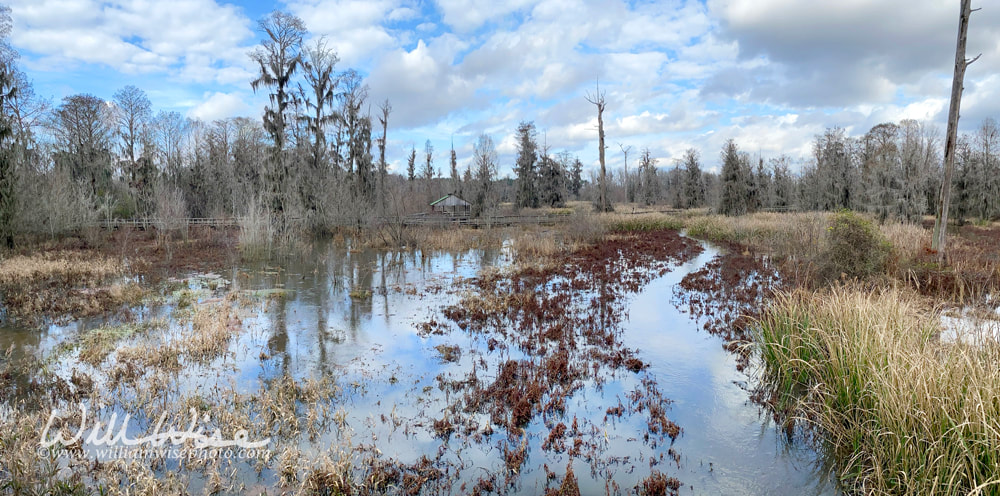 Boardwalk trail over the Butler Creek floodplain panorama at Phinizy Swamp Nature Park and Center for Water Sciences in Richmond County, Augusta, Georgia USA. Cypress trees, Spanish Moss, blue sky, clouds and cattail marsh grasses. Phinizy is an environmental wastewater treatment facility and waterfowl impound.  William Wise Photo Nature Notes is a wildlife, birding and nature photography blog documenting the beauty, design and wonder of God’s creation. -- "What a wildly wonderful world, God! You made it all, with Wisdom at Your side, made earth overflow with your wonderful creations." Psalms 104 The Message Although a bit later because of the midnight celebration, as is my custom, I rose long before daybreak on New Year’s Day morning. When the sun finally decided to get out of bed and climb the eastern sky, the warm morning prompted me to a bit of backyard birding. A surprise appearance of a seclusive Hermit Thrush was a bit fulfilling, but only whet my appetite for more. I threw a few snacks and water bottles into the car and headed toward Augusta, Georgia. On this first day of the year, I was hoping to increase my Richmond County, Georgia species count a bit by a winter visit to the Phinizy Swamp Nature Park. The oddest sighting of the day was an American White Pelican. When I first spotted the white bird with black on the wings, I thought it was a Wood Stork. But raising the glass I was caught by surprise. I’ve photographed white pelicans before, but not so far inland in Georgia. When I asked another birder around the corner, he stated he had been going to Phinizy for many years and not spotted one before. He was quite excited as well. All in all, it was a good day. I added 19 birds to my Richmond County list! New Year's Day at Phinizy Swamp Nature Park; Richmond County, Georgia  William Wise Photo Nature Notes is a wildlife, birding and nature photography blog documenting the beauty, design and wonder of God’s creation. -- "What a wildly wonderful world, God! You made it all, with Wisdom at Your side, made earth overflow with your wonderful creations." Psalms 104 The Message Wow, its already the last day of 2021 and I haven't done any birding in December. Time to get out there for a bit! Found five species of sparrows in just a few minutes. Walton County, Georgia 
Animal Shelter Furtography is my collection of pet photography from the humane society animal shelter to find new homes dogs and cats needing rescue or adoption. The photographs are posted on several national pet adoption websites.
"Hugo" was a handsome young Boxer mix dog that was turned in stray to the animal control shelter on December 27, 2021. No owner came to look for him and he got a new home on January 3, 2022!

Animal Shelter Furtography is my collection of pet photography from the humane society animal shelter to find new homes dogs and cats needing rescue or adoption. The photographs are posted on several national pet adoption websites.
"Stoney" was an older Boxer and American Bulldog mix breed dog surrendered to the animal shelter by his owner on December 28, 2022. He was a nice and quiet guy that got along well with others. I did his outdoor adoption photos on December 29 and he was rescued on January 3, 2022!

Animal Shelter Furtography is my collection of pet photography from the humane society animal shelter to find new homes dogs and cats needing rescue or adoption. The photographs are posted on several national pet adoption websites.
HOME FOR THE HOLIDAYS...
Just like the song says, everyone would like to be home for the holidays... even the dogs! My job as an animal shelter photographer is to find new homes for homeless pets. And it seems to take on even more urgency around the holidays.
"Snowflake" was an older Great Pyrenees mix breed dog that was brought to the animal control shelter as a stray. She was a very sweet girl, so it was a bit strange that no owner came to claim her. But through her pet adoption photos posted on several national pet adoption websites, "Snowflake" was rescued from the animal shelter on December 20. Home for the Holidays! 
Animal Shelter Furtography is my collection of pet photography from the humane society animal shelter to find new homes dogs and cats needing rescue or adoption. The photographs are posted on several national pet adoption websites.
"Merry" was a happy Pitbull mix that recently had puppies. She was picked up stray by an animal control officer and brought to the animal shelter on December 2, 2021. Her owner called, but then never showed up to claim her. She was saved by DAWG Squad Rescue on December 13, 2021.
|
Categories
All
Archives
January 2025
|
|
All content is ©williamwisephoto.com. Please don't steal images. My images are available at dreamstime.com. Stock sales go into the shelter photography program.
|
In December 1993 I came to know the Designer and Creator of this wonderful planet and its creatures: Jesus Christ.
|
Donations help support the animal shelter adoption photography equipment and adoption website hosting and domain fees. Thanks for your support!
|
